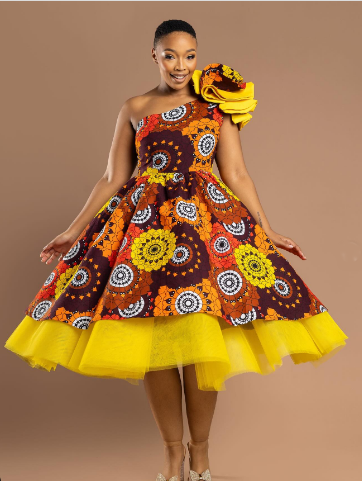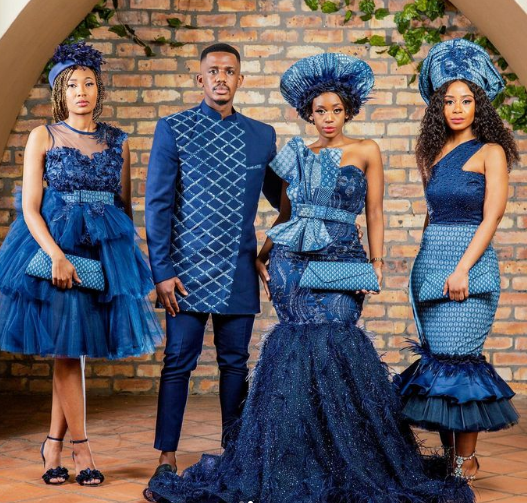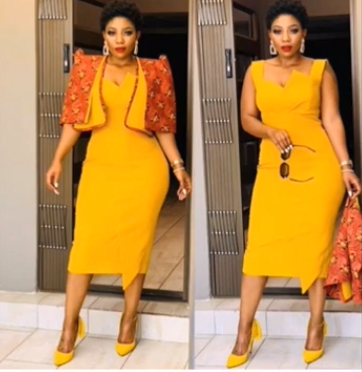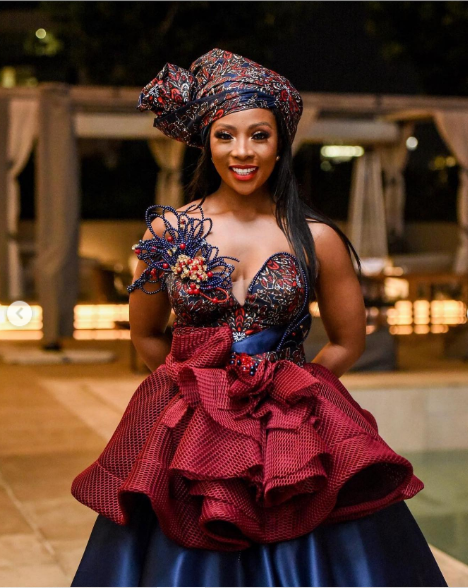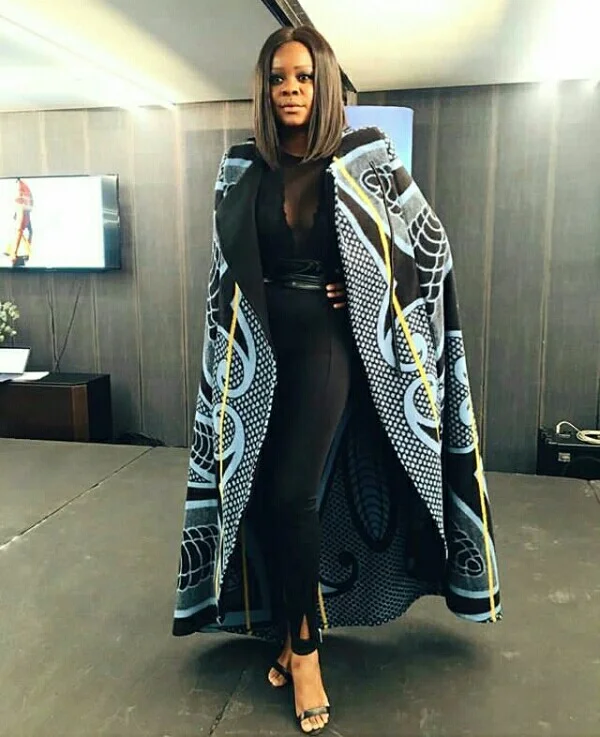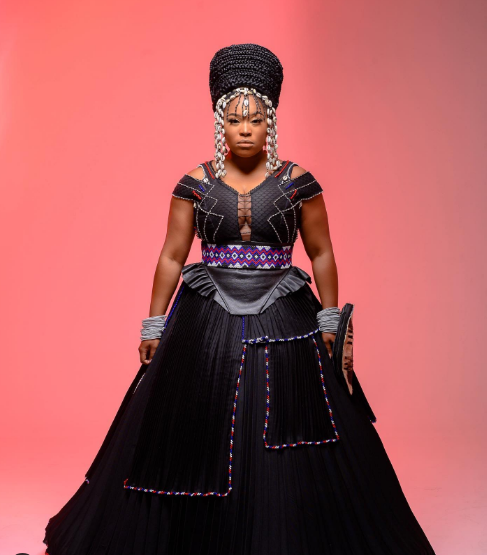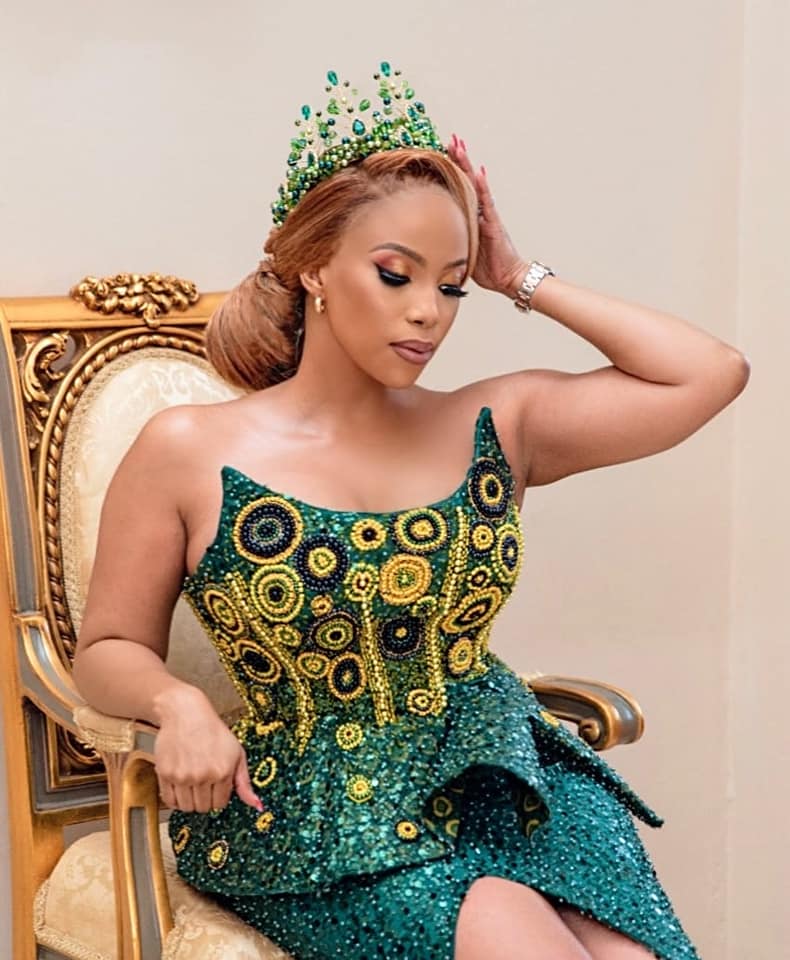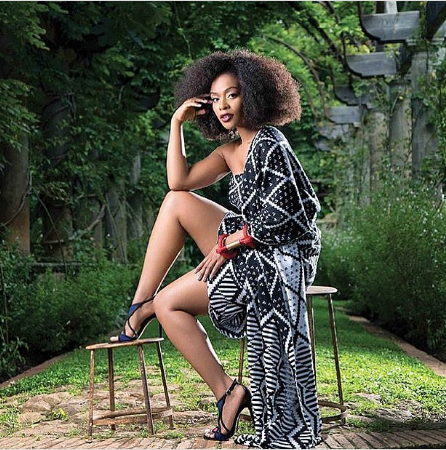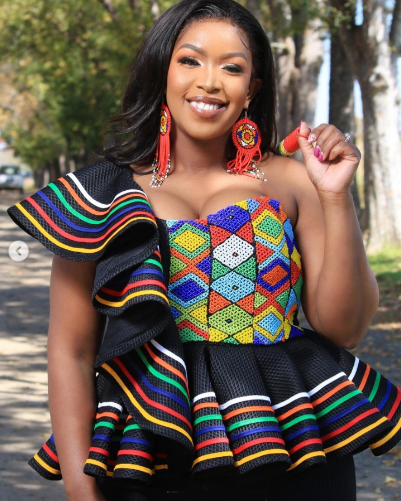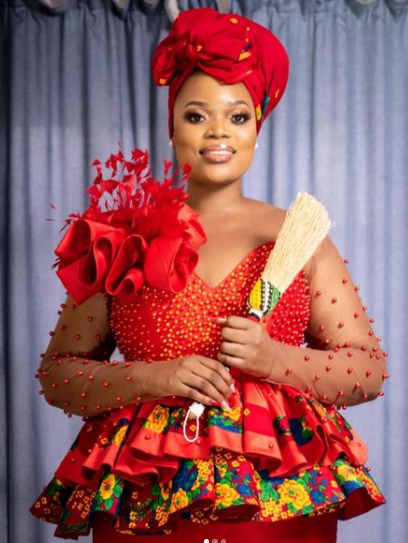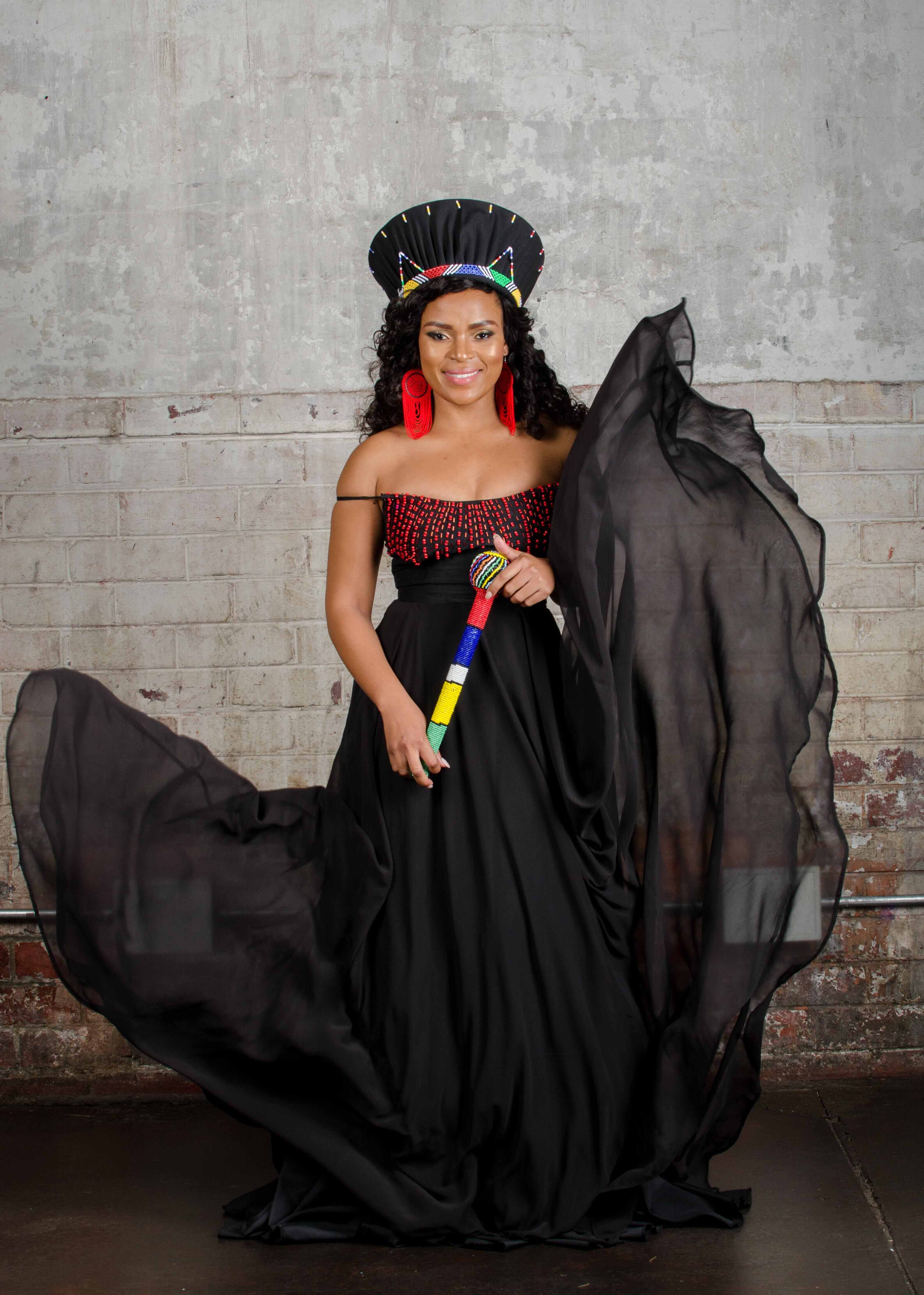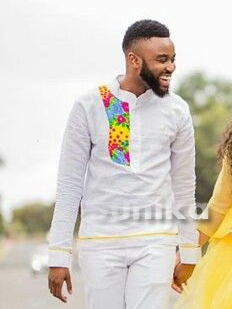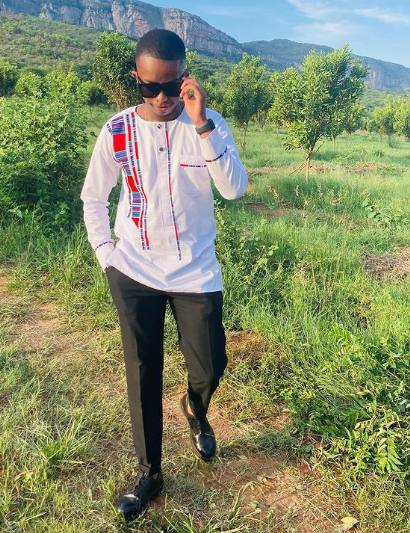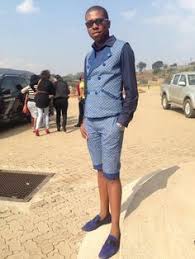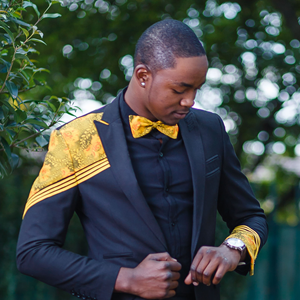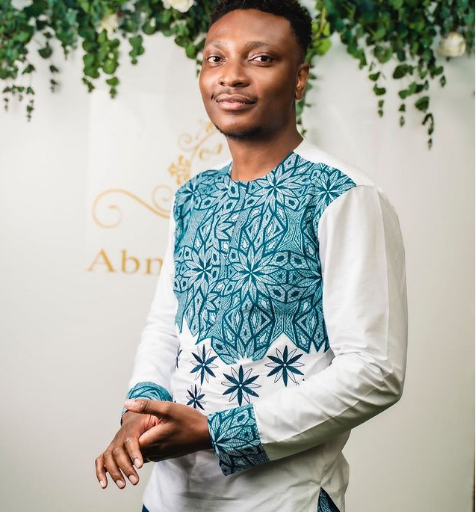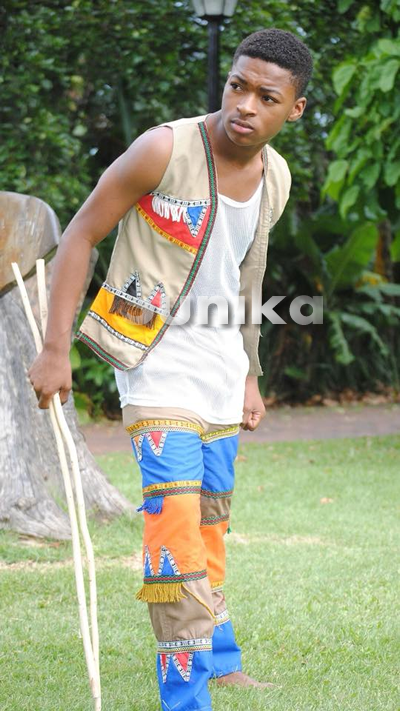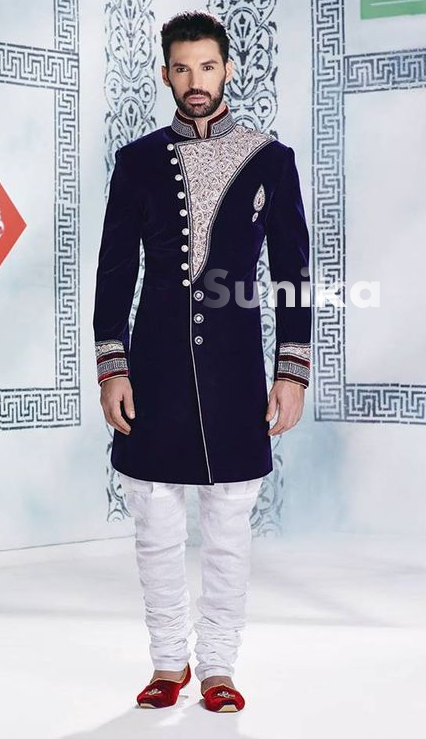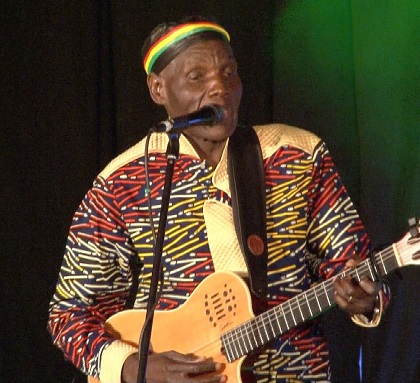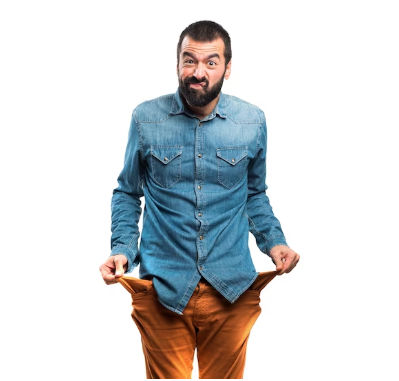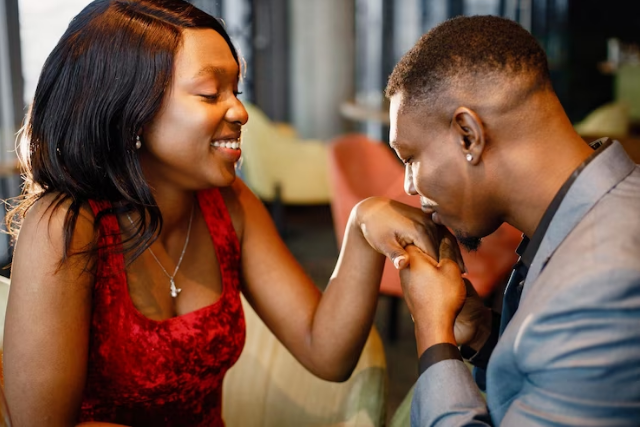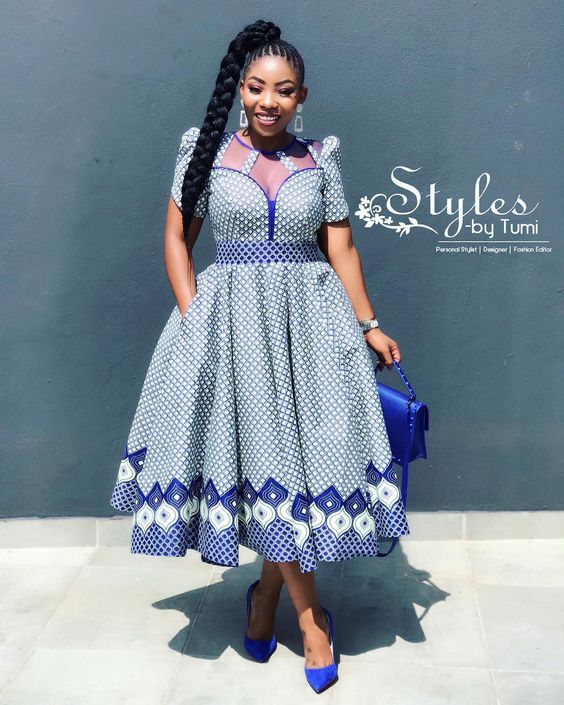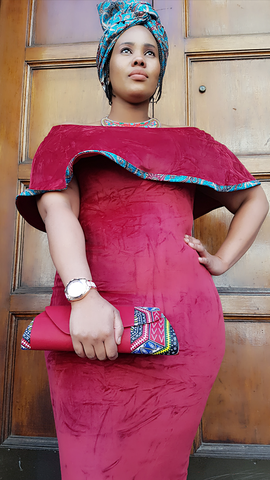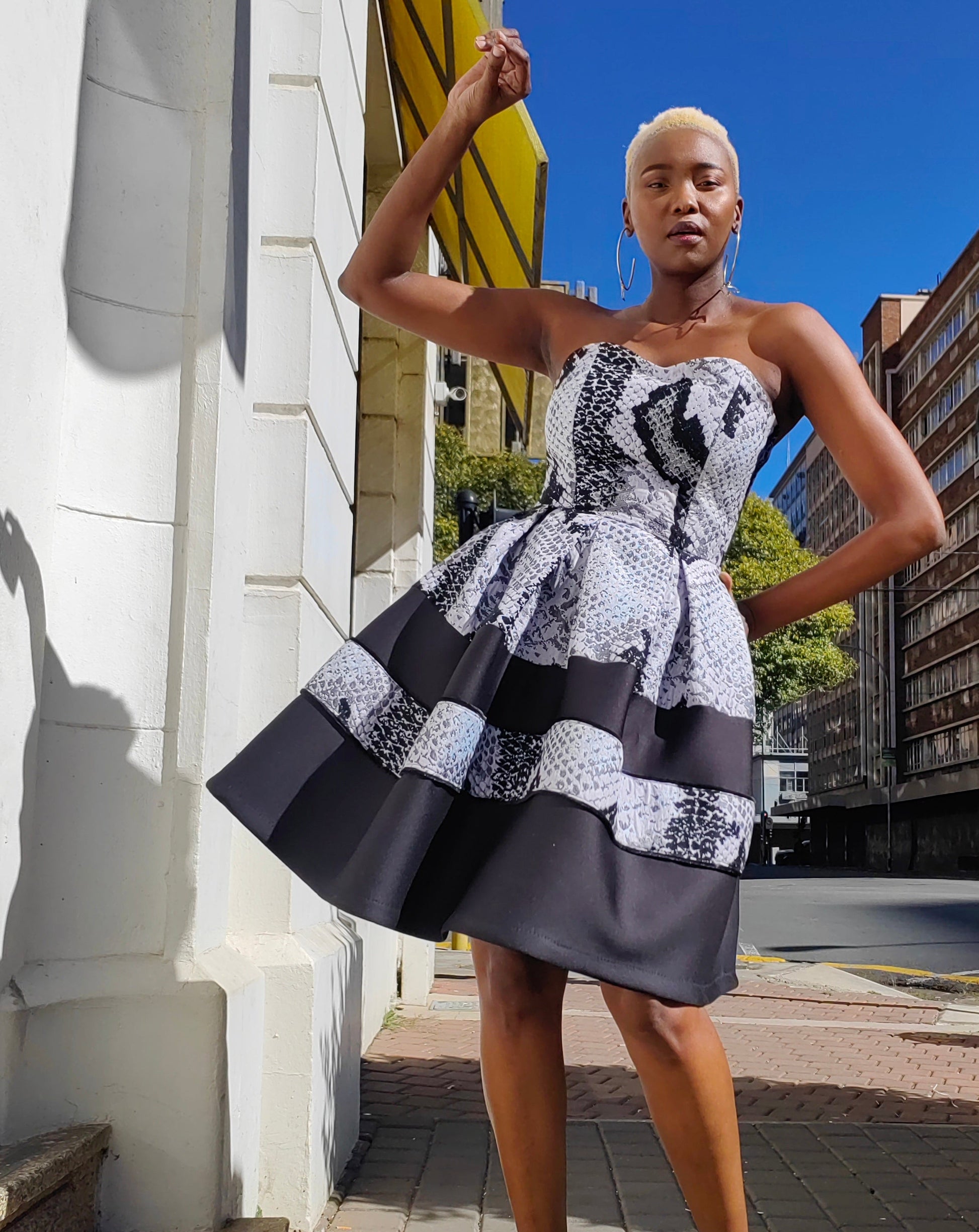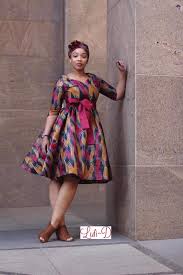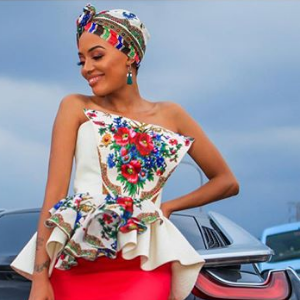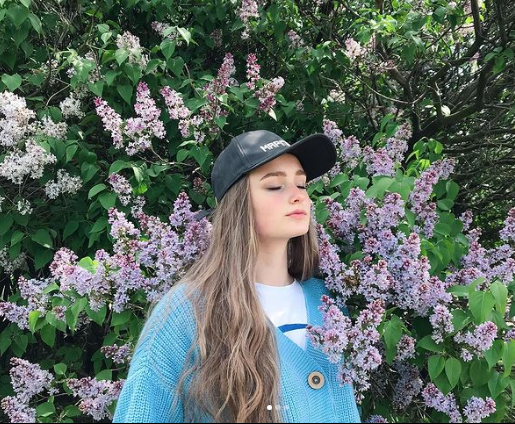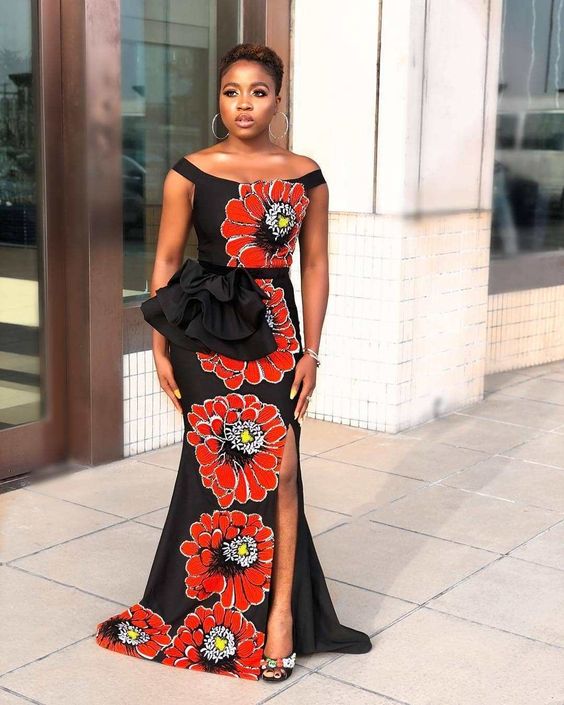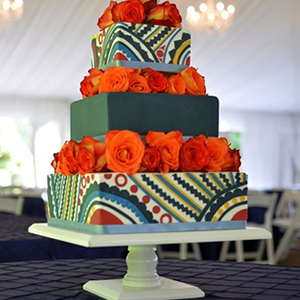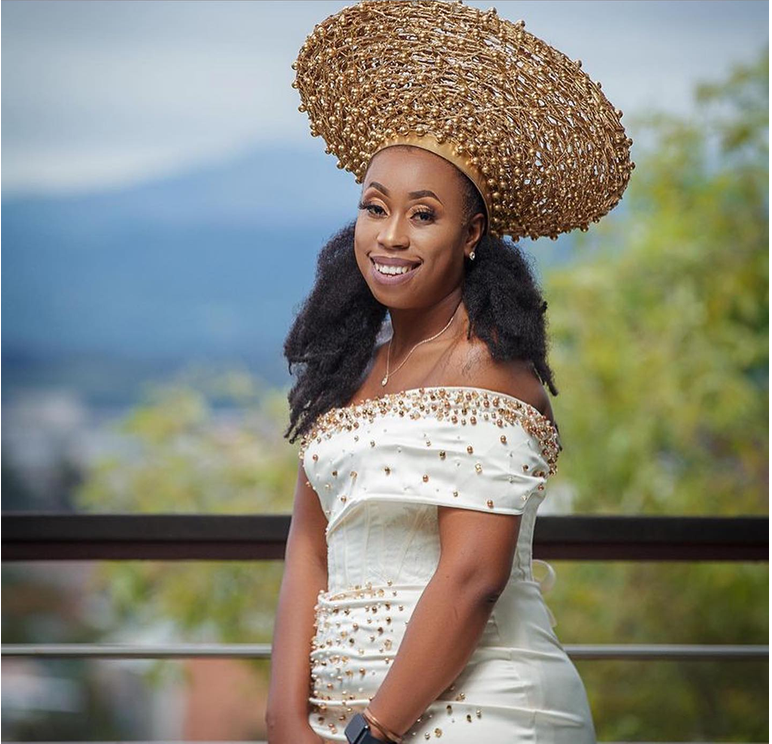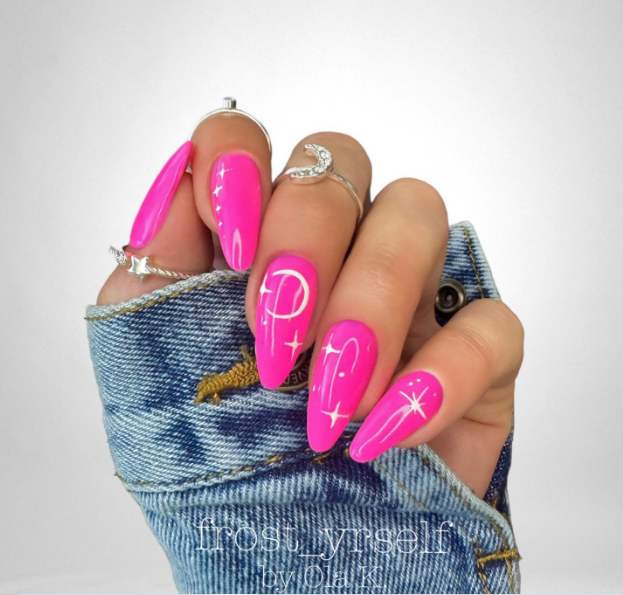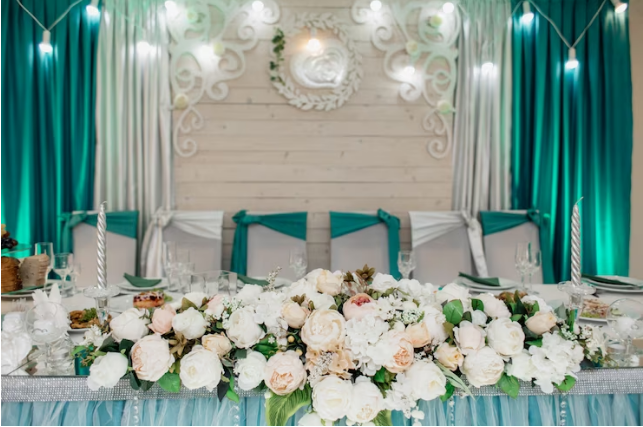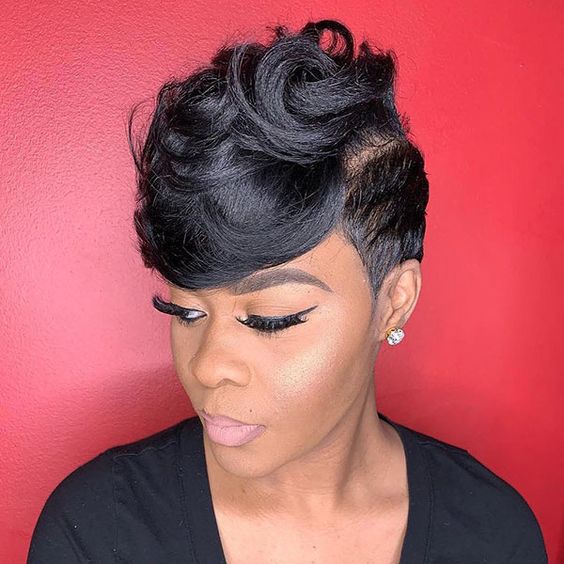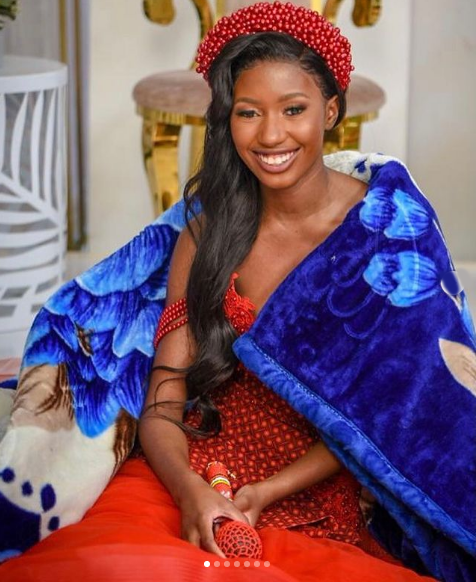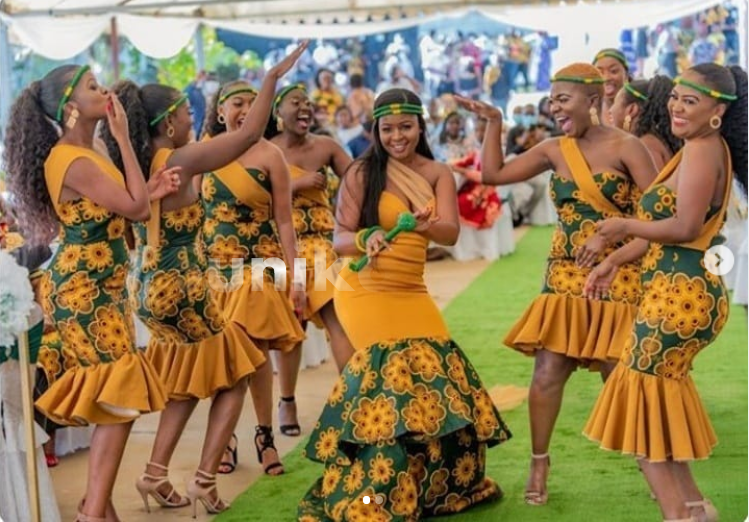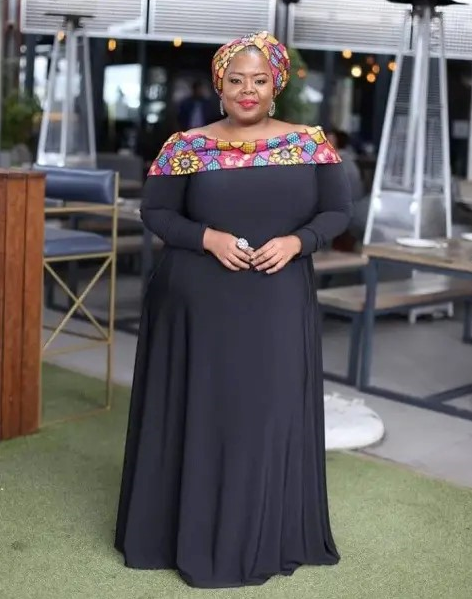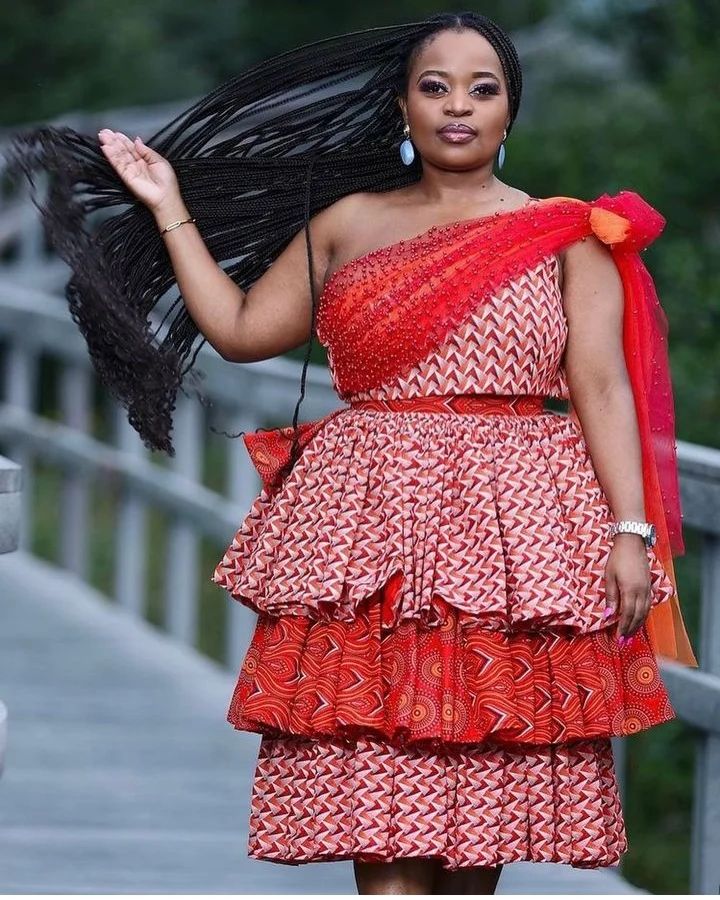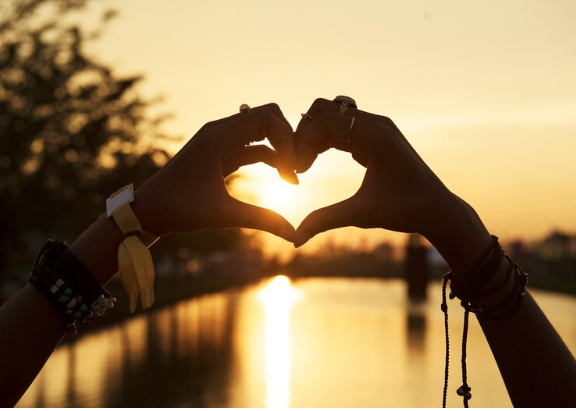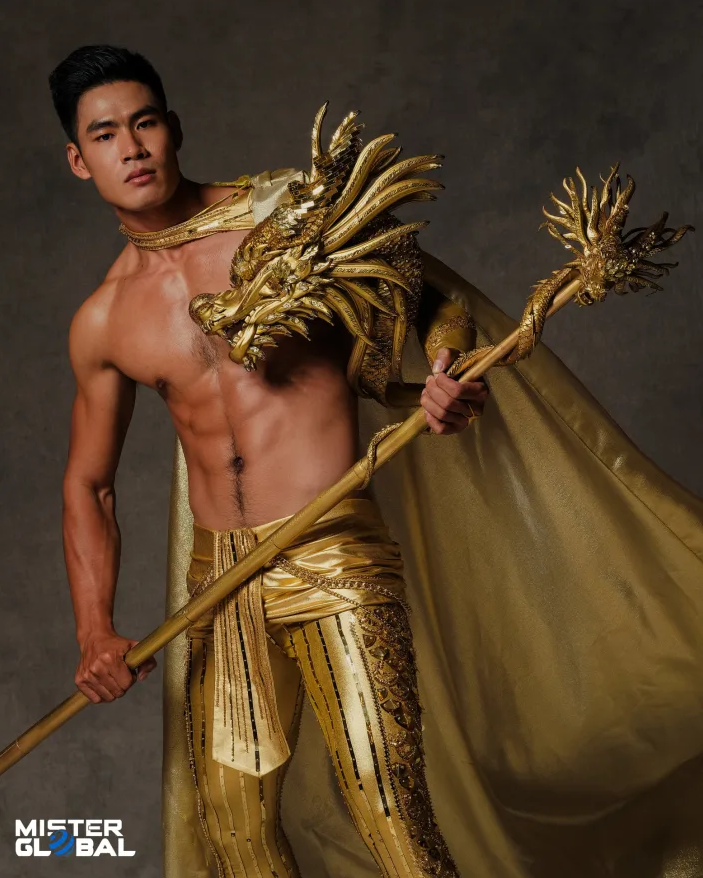
There are many different types of traditional dress attires for men around the world. Each culture has its own unique style of clothing that is worn for special occasions or as everyday wear.
In many cases traditional clothing is a reflection of the peoples culture, climate and geography.
For example, the kilt is a practical choice for men in the highlands of Scotland, where the weather is cool and the landscape is hilly. The ma'adua, on the other hand, is a desert nomad's garment, perfect for the hot, dry conditions of the Sahara.
While the specific items of clothing may vary by culture, there are some commonalities between them. Many traditional dress garments for men are designed to be comfortable and practical, while also conveying status and power.
So, whether you’re looking for a traditional dress for a special occasion or simply want to learn about the different types of traditional dress for men around the world, read on!
In this article, we will take a look at some of the most popular and iconic traditional dress for men from different cultures around the world.
Here is a quick rundown of some of the most common types of traditional dress garments for men:
United Kingdom
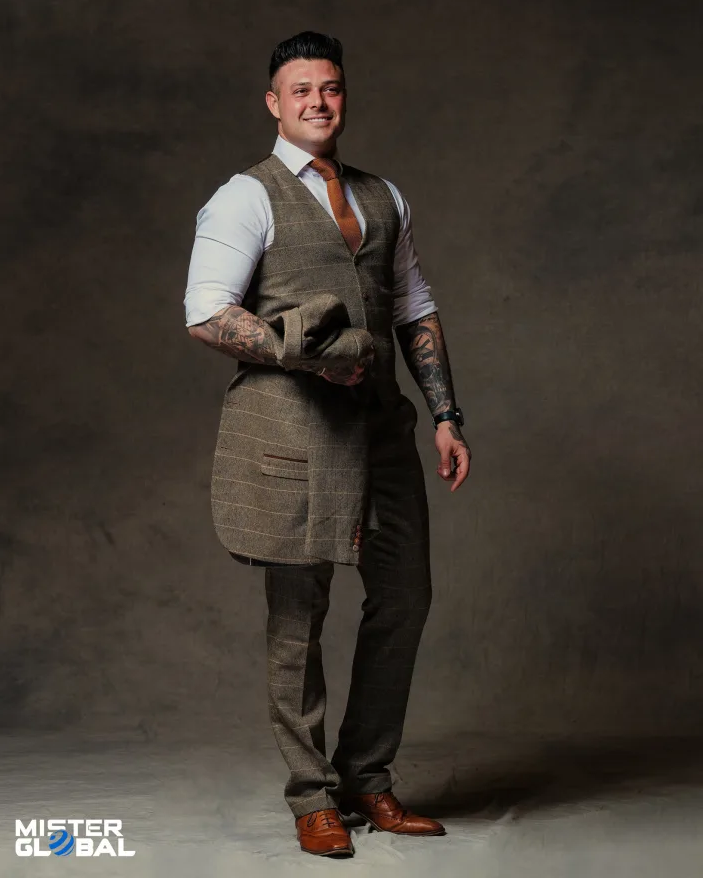
The suit is the traditional form of men's formal clothing which originated from the Western world.
The inspiration for today's suits began over 400 hundred years ago at Royal Court in Britain, in an era when regulations did not allow commoners (poor people) from wearing good furs or flaunting embellishments made from satin and velvet. These types of finery were meant only for the wealthy upper class. "the royal purple" and some ornaments were reserved only for the royals.
These laws continued until the middle of the 16th century when the Black Death broke out during 1665, putting even the monarchy at risk. It was no time for showing off wealth and health and or this reason, Charles II, the reigning king, odered his courtiers to tone it down. Courtiers began to dress in sober tunics and fitted breeches, in sombre tones which echo the tones of most modern business suits, and it set the stage for a new dress code, which led to the creation of the modern suit. Read more about the history of the modern suit.
India
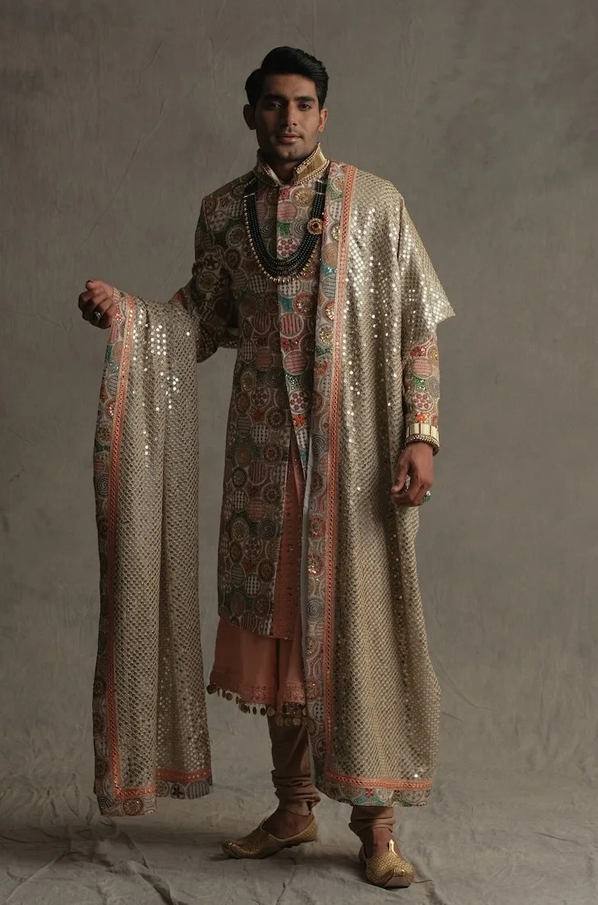
The Indian Sherwani originated in the 18th century in South Asia. The traditional men's outfit was originally associated with Muslim aristocracy during the period of British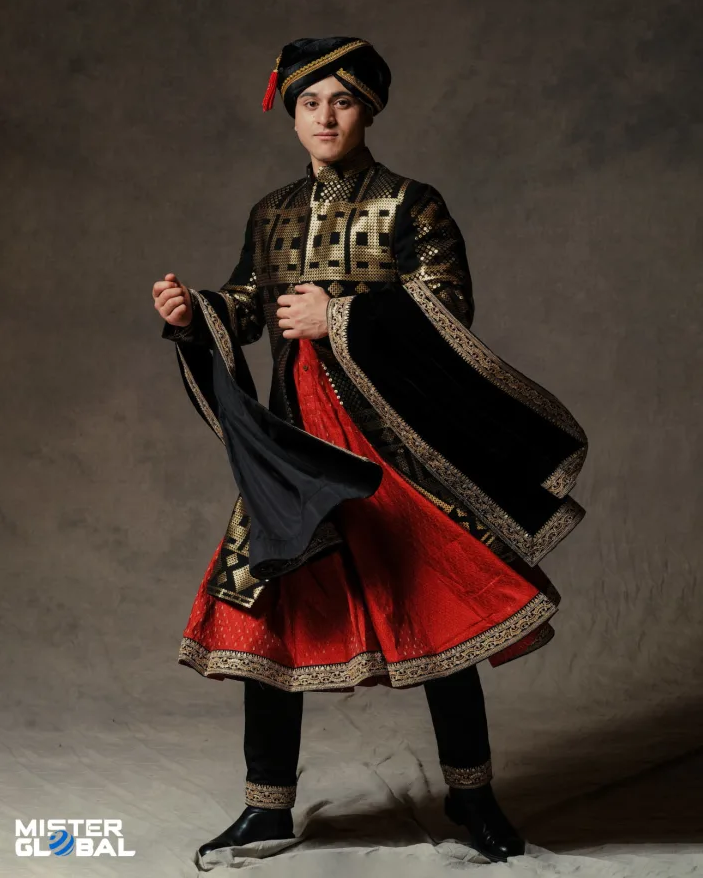 rule. The sherwani evolved from a Persian cape (balaba or chapkan), which was gradually given a more Indian form (angarkha), and finally developed into the sherwani, with buttons down the front, following European fashion.
rule. The sherwani evolved from a Persian cape (balaba or chapkan), which was gradually given a more Indian form (angarkha), and finally developed into the sherwani, with buttons down the front, following European fashion.
 rule. The sherwani evolved from a Persian cape (balaba or chapkan), which was gradually given a more Indian form (angarkha), and finally developed into the sherwani, with buttons down the front, following European fashion.
rule. The sherwani evolved from a Persian cape (balaba or chapkan), which was gradually given a more Indian form (angarkha), and finally developed into the sherwani, with buttons down the front, following European fashion.The sherwani is considered a formal outfit and is usually worn on special occasions like weddings, engagement ceremonies, and other formal events. The long coat-like garment is worn with tight-fitting trousers called churidar. The sherwani is usually made of silk or brocade fabric and has intricate embroidery work, which makes it look more elegant and regal. It is often paired with a turban or safa, which adds to the royal look. The sherwani has evolved over time, and today it comes in a variety of designs and styles.
Read more about the history of the Indian Sherwani.
China
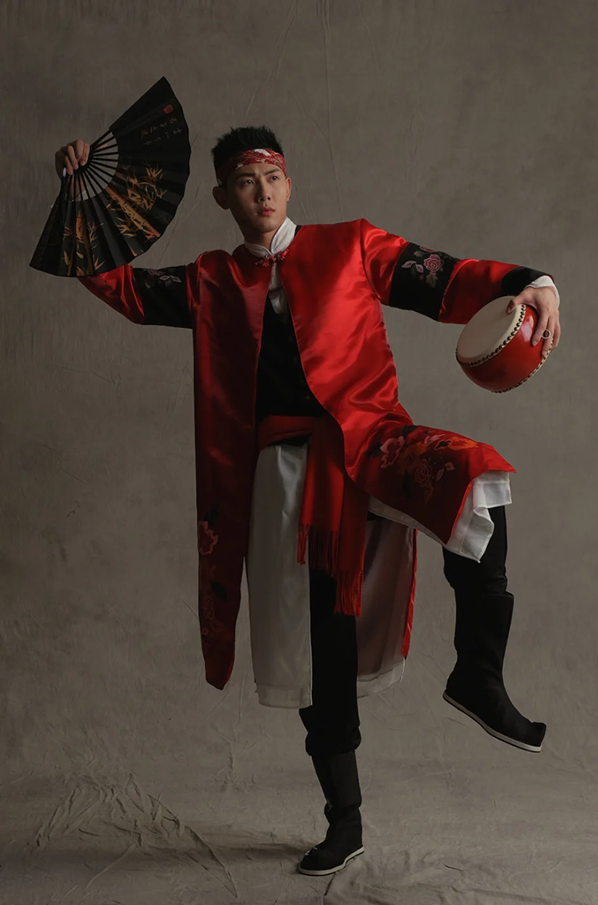 The Tangzhuang was derived from the magua, a Manchurian item of clothing which the Han Chinese were forced to wear during the Qing dynasty (1644–1911).
The Tangzhuang was derived from the magua, a Manchurian item of clothing which the Han Chinese were forced to wear during the Qing dynasty (1644–1911).The Chinese Tangzhuang is regarded as the clothing that can best represent Chinese traditional culture although the Mao suit, the western suit, and the Tang suit are the main forms of formal dress for men on many occasions.
The Tangzhuang is made in different colours, most commonly red, navy, gold, black and green. A common design is the use of Chinese characters as monograms such as "Fu" for happiness or "Shou" longevity to spread good luck and wishes.
The modern "Tang suit" had improved to meet the young generation's fashion. It may have changed in colors, appearances and materials, but retains the form of collar and buttons. A a new simple style of Tangzhuang which has no words or patterns on it has also become popular.
See more about the Chinese Tangzhuang.
Japan
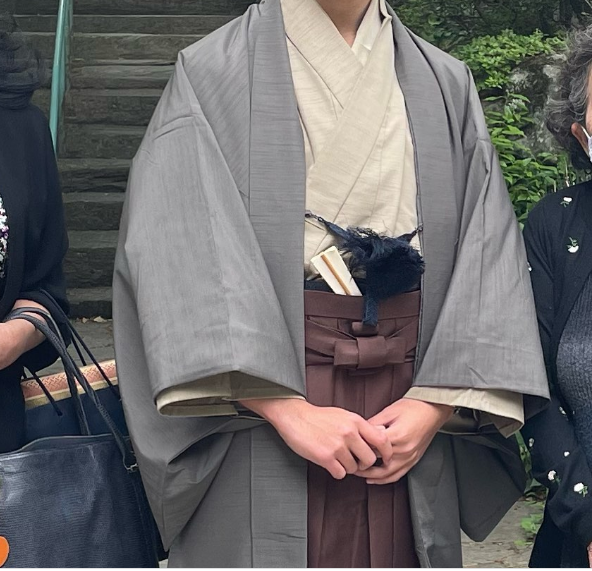
The Kimono is the national dress of Japan, a type of robe that is worn by men and women in Japan.
Worn left side wrapped over right, the Kimono has square sleeves which have a wide sleeve opening and a rectangular body.
The kimono is traditionally worn with a broad sash, called an obi, and is commonly worn with accessories such as zōri sandals and tabi socks.
There are many types of kimono for men, women, and children, varying based on the occasion, season, the wearer's age, and less commonly in the modern day the wearer's marital status.
Men’s kimono are often in subdued natural tones like navy, brown, or black, emphasizing the material itself rather than elaborate patterns.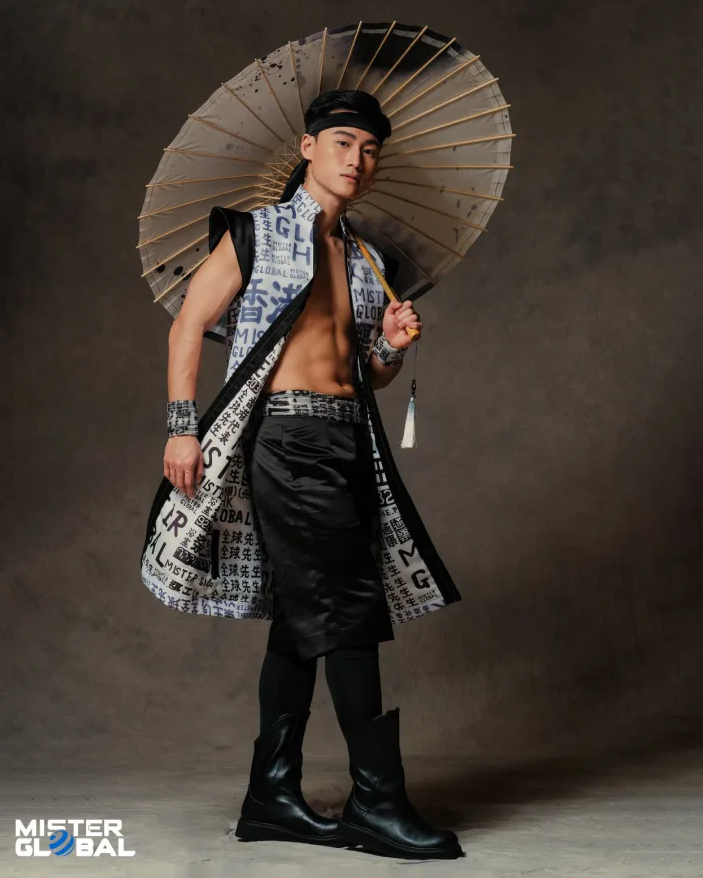
Read more about the Japanese Kimono
Vietnam
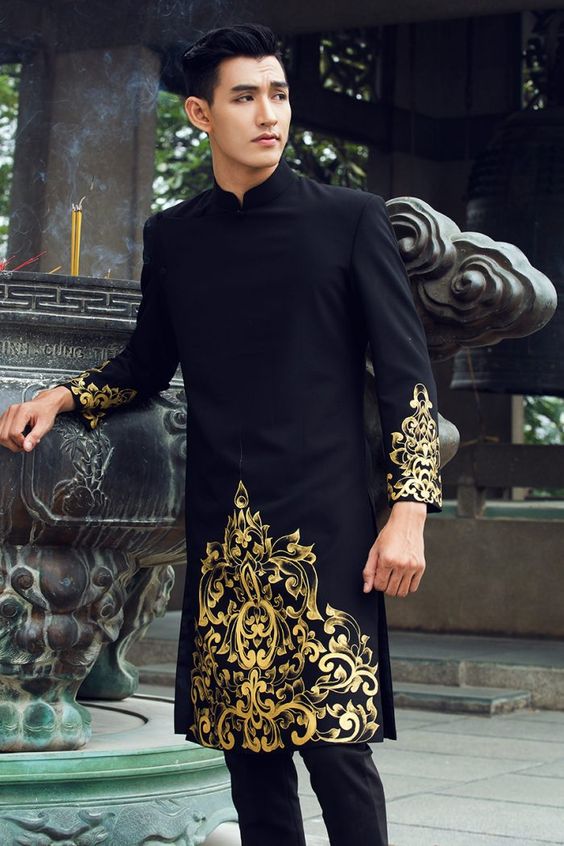
Vietnam has roughly sixty different ethnic groups and because of this, the variety of traditional clothing styles vary. They only share a similar affinity in their bright, contradictory colours and vibrant patterns.

The general traditional Vietnamese dress for men is known as the Ao Dai, a long silk tunic with a conventional looking snug collar and is buttoned down on the left side. The male Ao Dai falls to the knees and is generally worn with loose pants underneath.
The Ao Dai is worn together with a traditional hat, the Non La which is made from dried palm leaves woven together over several bamboo rims. Female hats usually have a wider brim, while male versions are higher with a smaller rim.
In the past, the colour of the Ao Dai in Vietnam indicated a man's position in society and in ancient Vietnam Gold represented royalty. To represent their strength and might, the Kings' Ao Dai was embroidered with dragons . High Ranking officials wore purple Ao Dai's and the commoners wore various shades of blue.
Today, The Ao Dai is not commonly worn on an everyday basis. However, the Vietnamese wear it in large numbers on traditional occasions such as weddings and New Year (Tet). The modern Ao Dai are usually ornate and colourful with intricate designs. Read more about Vietnamese Traditional Clothing for men.
Nigeria
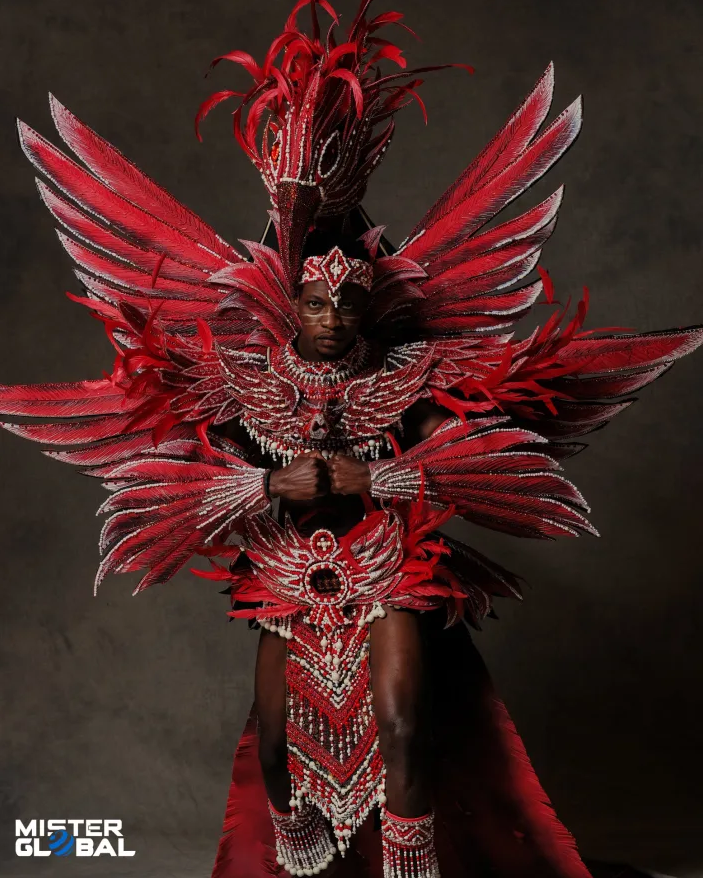
With over 371 ethnic groups, Nigeria is one of the worlds most ethnically diverse countries. Yoruba, Hausa and the Igbo are the largest ethnic groups, each consisting smaller multiple tribes. The component cultures of Nigeria wear styles that are unique to their tribal society and cultural customs.
Popular traditional attire for men in Nigeria include:
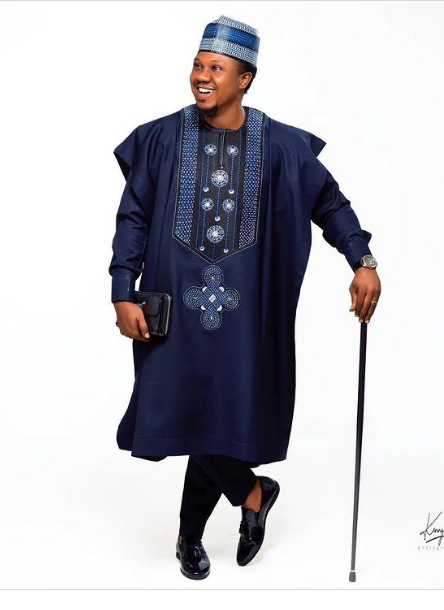
Agbada
Agbada, is a 4 piece garment worn by Yoruba men. The Yoruba people are a West African ethnic group primarily found in parts of Northern Nigeria, Benin, and Togo.
The Agbada consists of a large, loose fitting outer garment (Awosoke), an under jacket (awotele), drawstring pants (sokoto) and to complete the ensemble, the Agbada suit is often accessorized with various types of caps, hats, and beads.
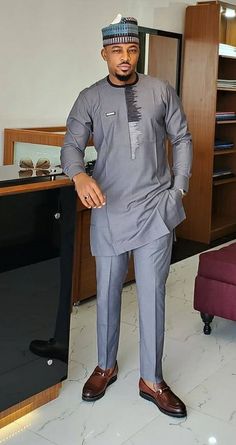 Senator Style
Senator Style
The Senator Style is common in Nigeria's South Eastern and Niger Delta Regions.
The Senator Style became a popular trend after Senator Anyim who usually rocked the then unique style to virtually all functions he attended as senate president.
Senator Anyim Pius Anyim, a former president of the Nigerian Senate between 2000 and 2003, under the regime of President Olusegun Obasanjo.
This explains why the style, which has now become very popular, was given the name “senator”.
Click here to see more Senator Styles for men.
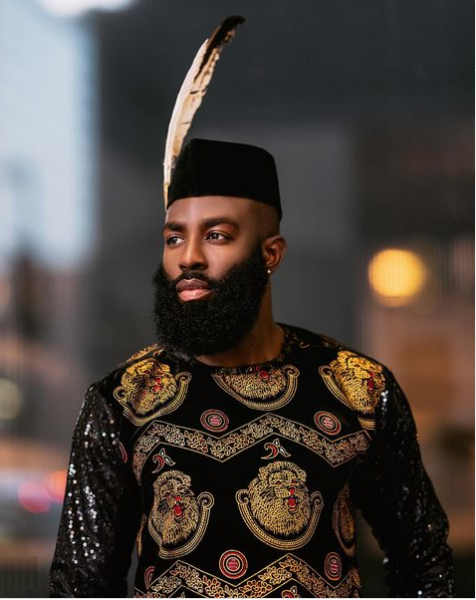
Isiagu
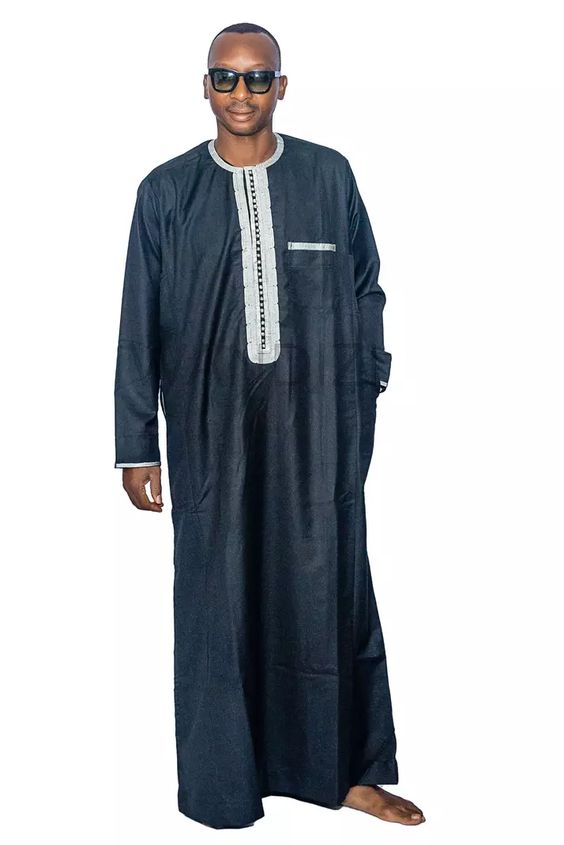
The Isiagu Attire, (sometimes called chieftaincy) is a traditional Nigerian shirt which traditionally was given to a man who has received the chieftaincy title. The pullover shirt which is worn on special occasions like weddings, cultural festival and important traditional events,
is usually worn with a red fez hat or the Igbo leopard cap (Okpu Agu).
Jalabiya
Jalabiyas worn in Nigeria are of East African origin and have a traditional style. The Nigerian Jalabiya has evolved over time into even more trendy and colorful clothes with the native embroidery, unique designs and patterns sought for by individuals of many ethnic origins and religious beliefs.
South Africa
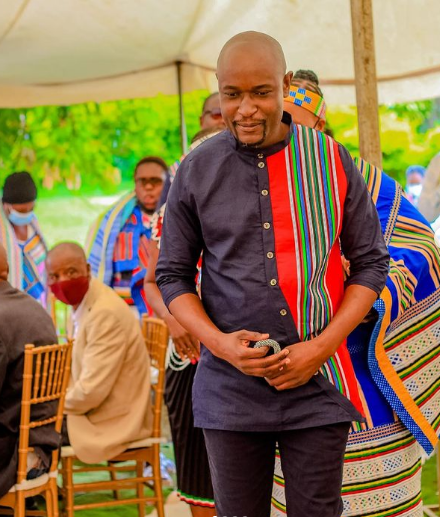
Venda
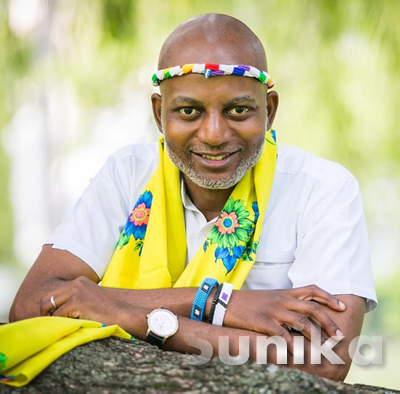
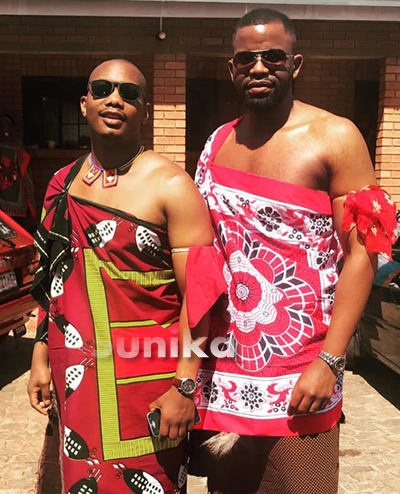
Tsonga
Swati
The colors and patterns of Swazi traditional attire vary depending on the region of the country in which.
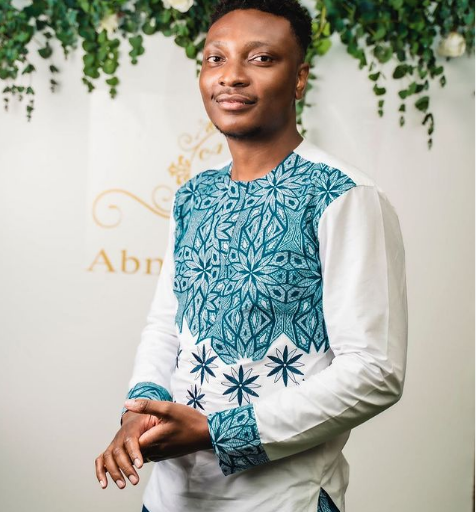
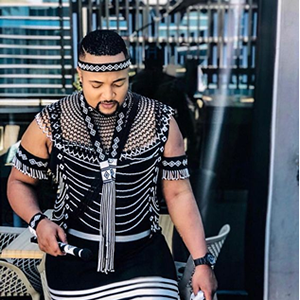
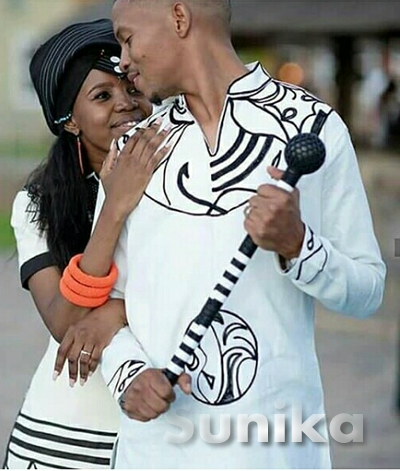
Shweshwe
Xhosa
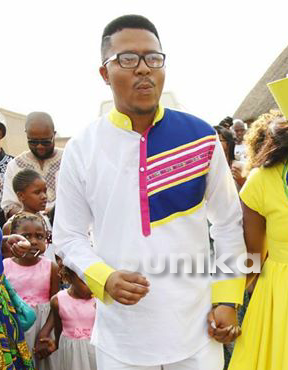
Pedi
Zulu 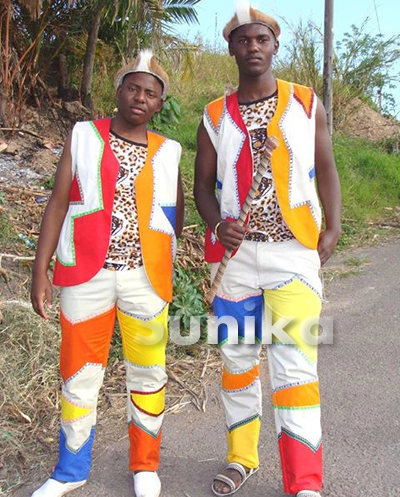
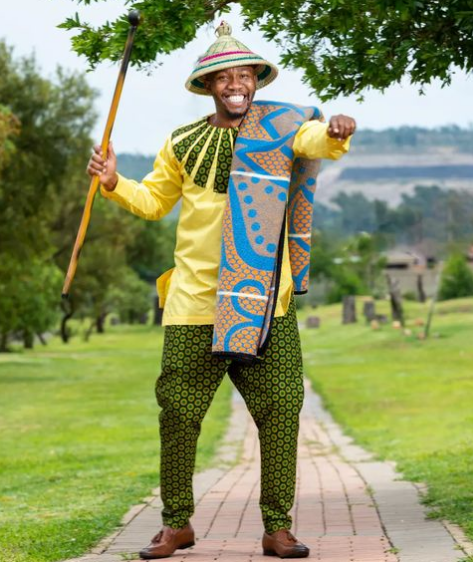
Sotho
Ndebele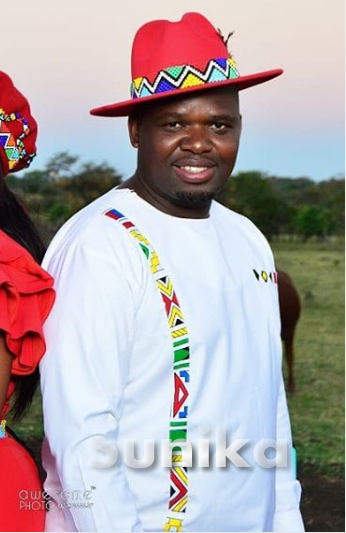
Belgium
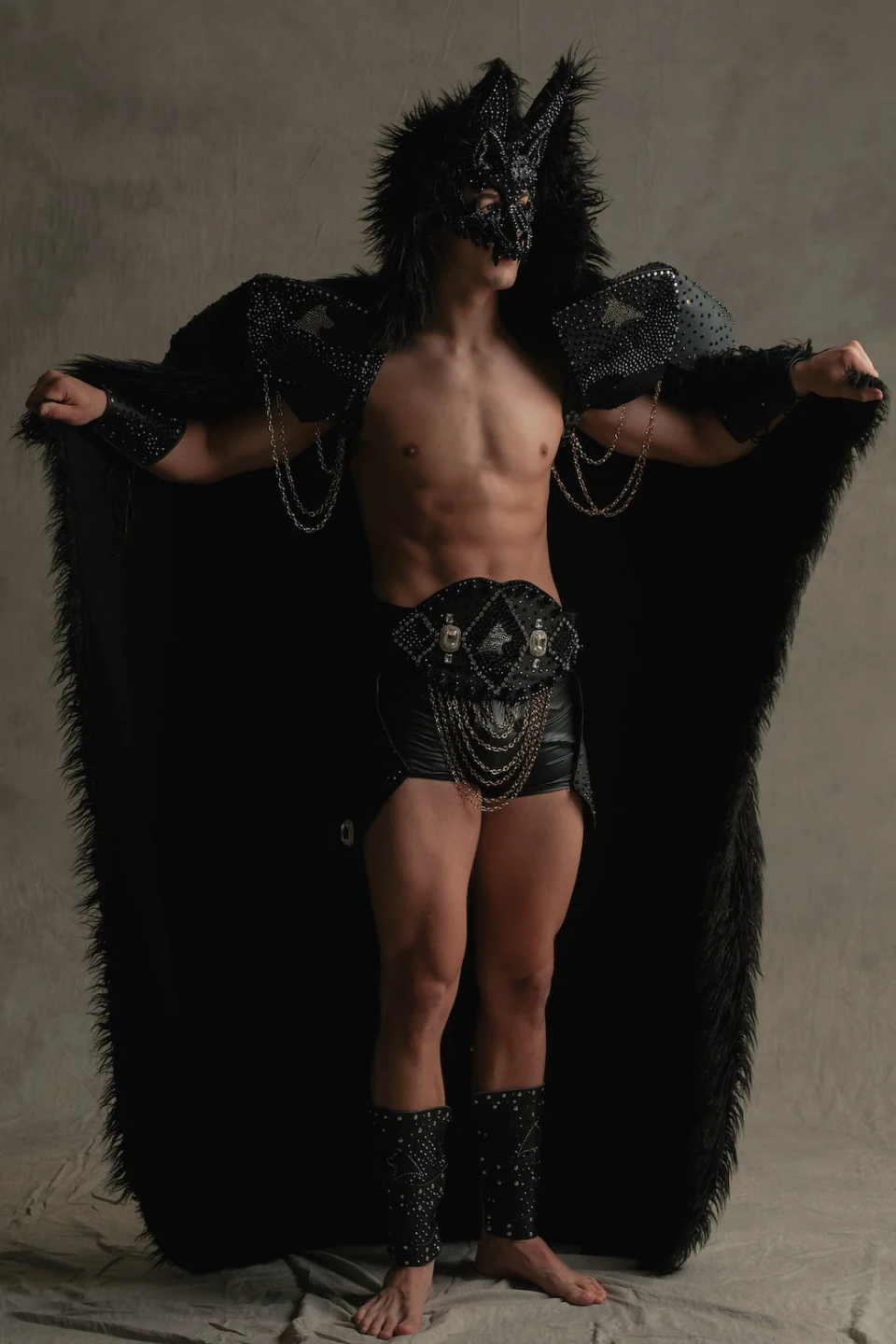
Brazil
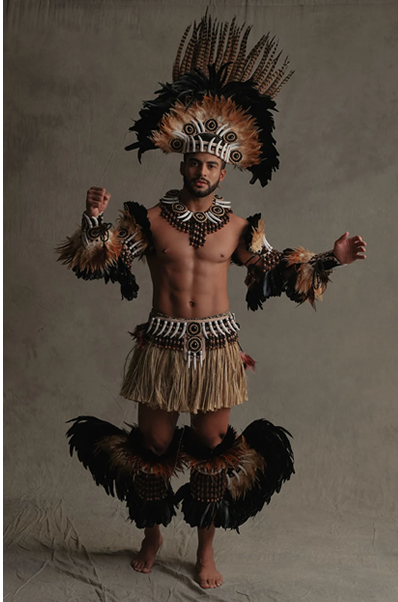
Venezuela
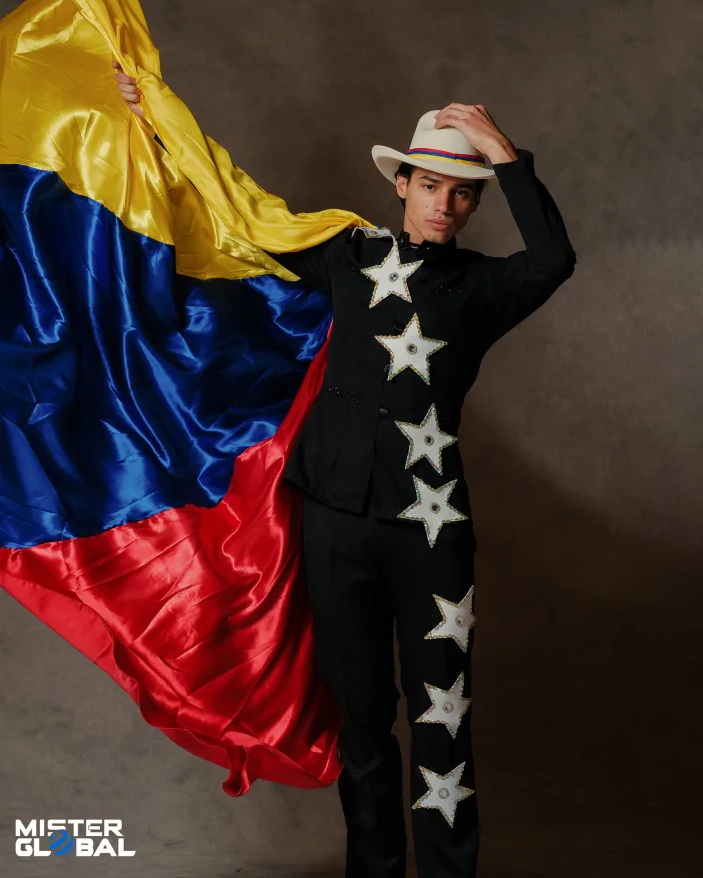
Albania
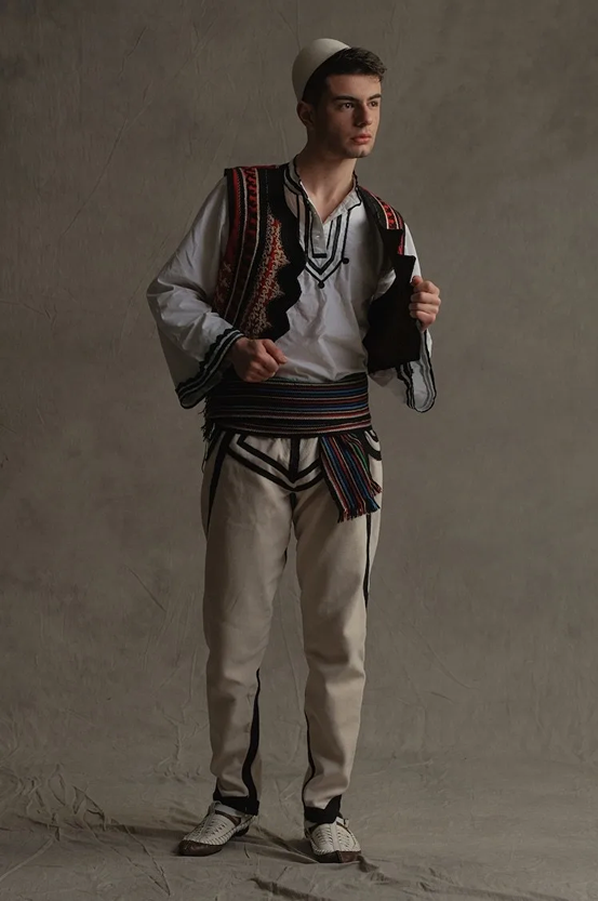
Cambodia
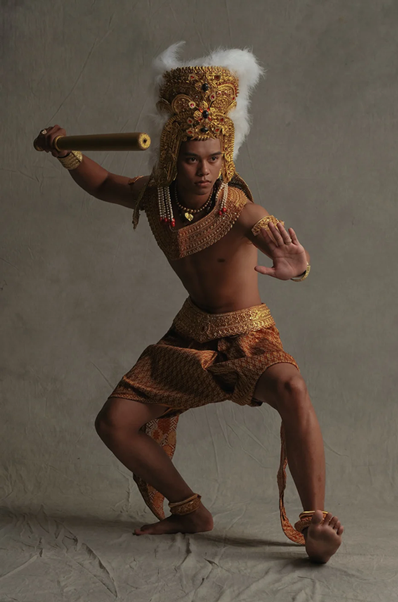
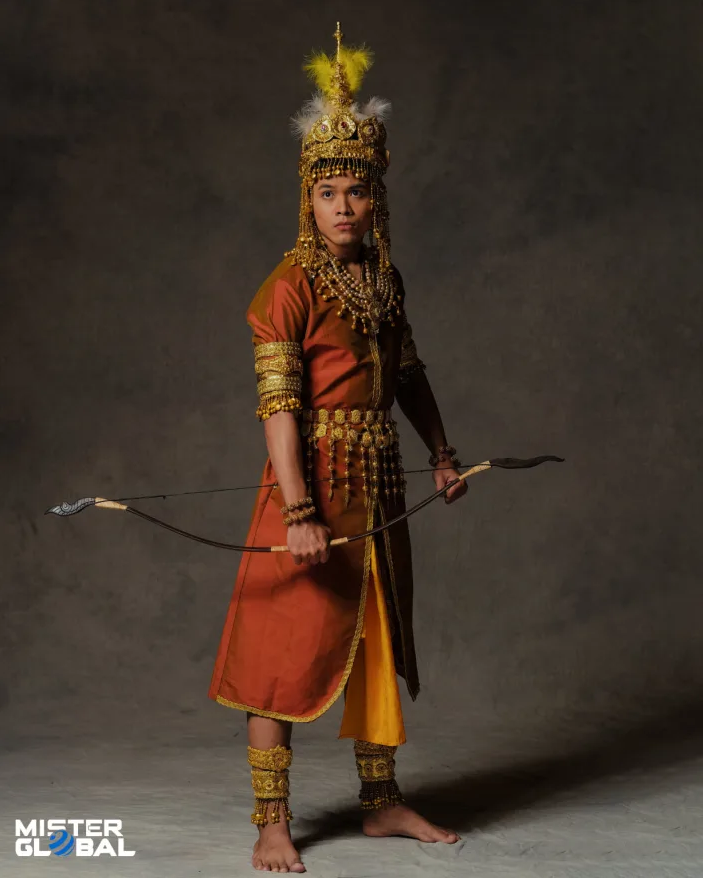
Canada
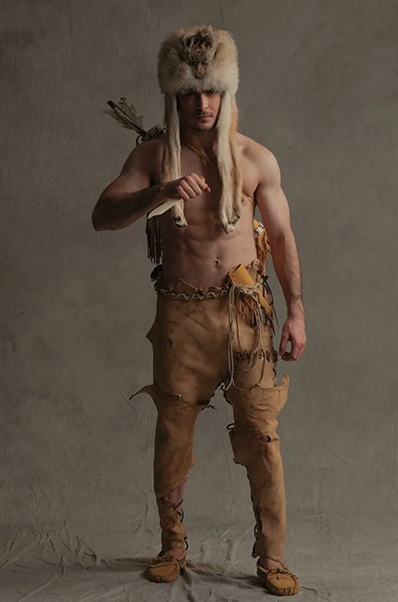
Chile
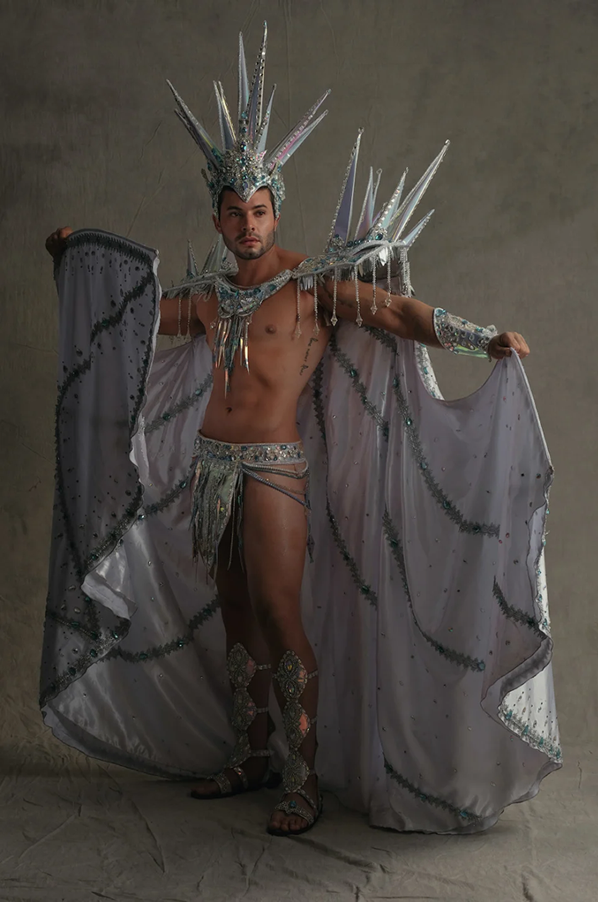
Colombia
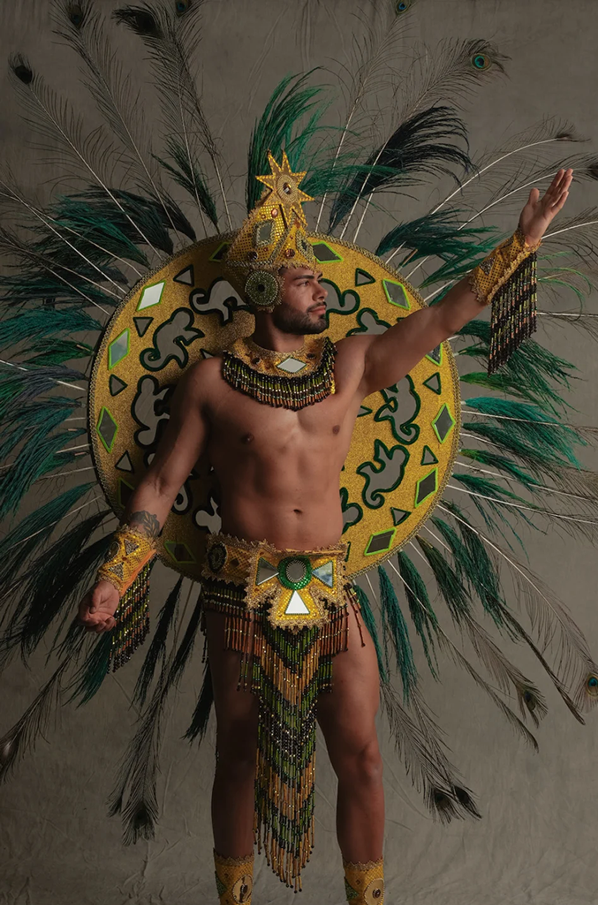
Cuba
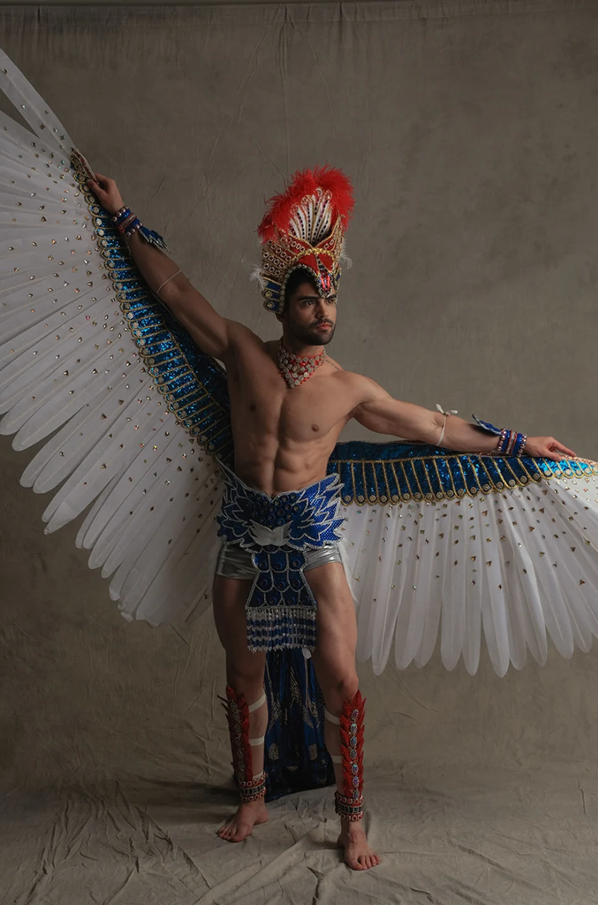
DRC
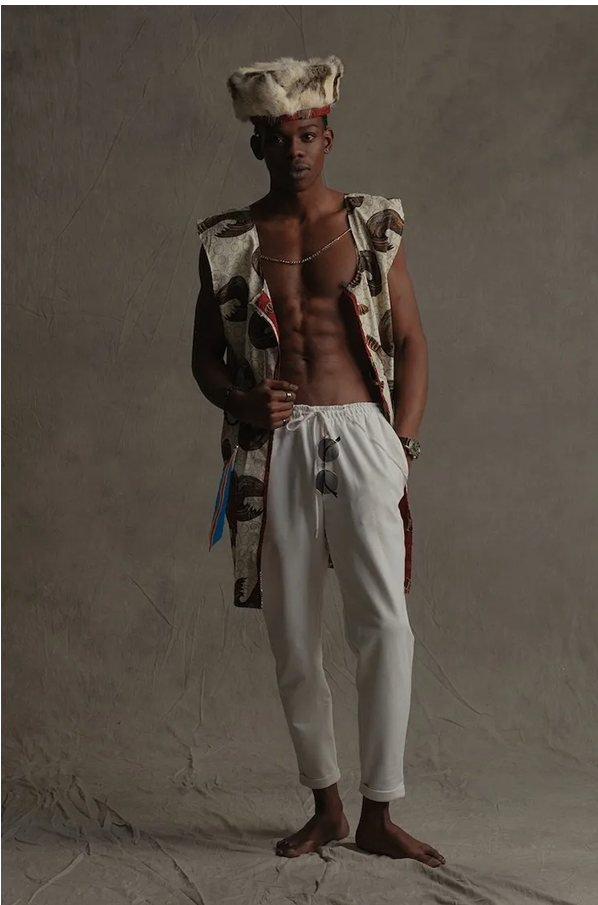
Dominic Republic
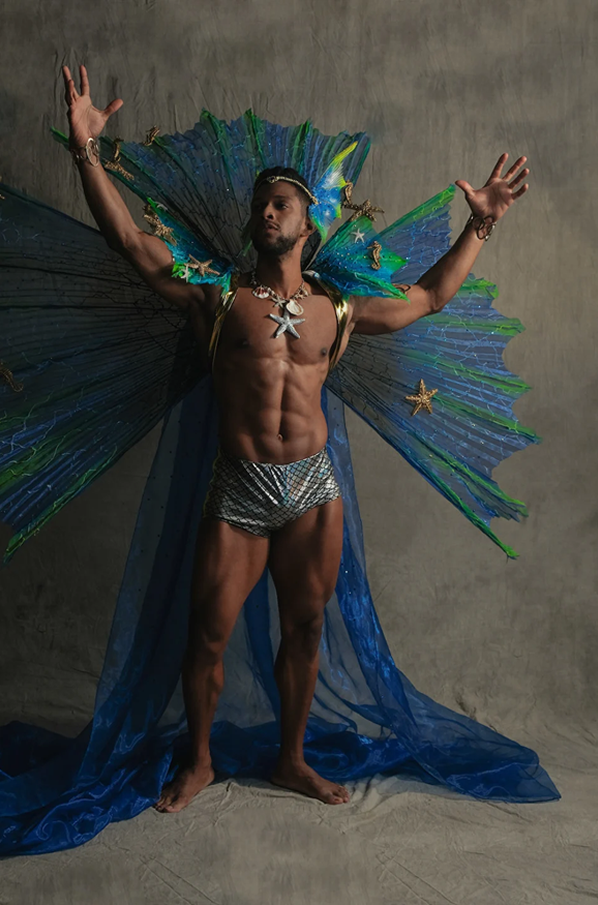
Laos
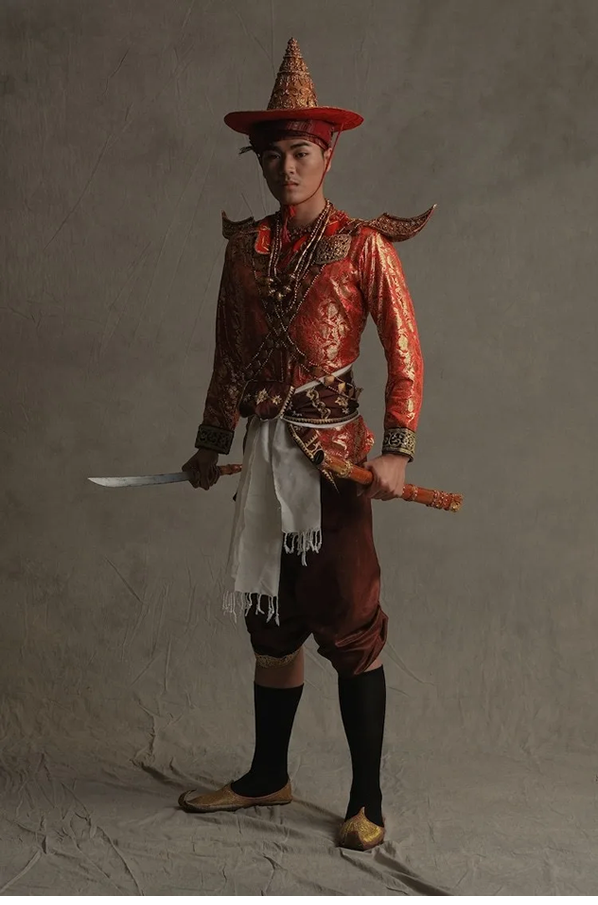
Mexico
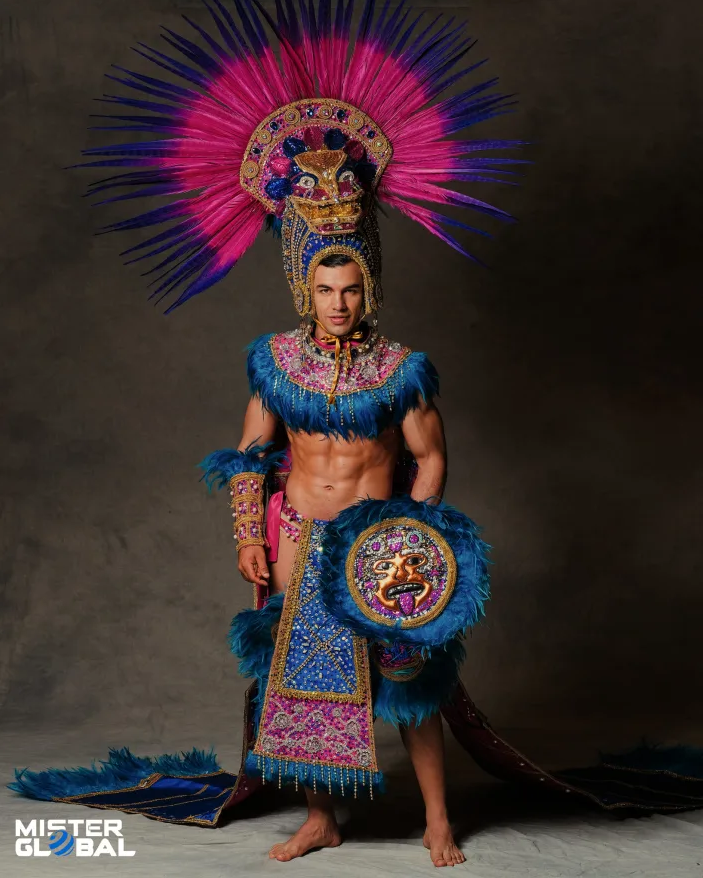
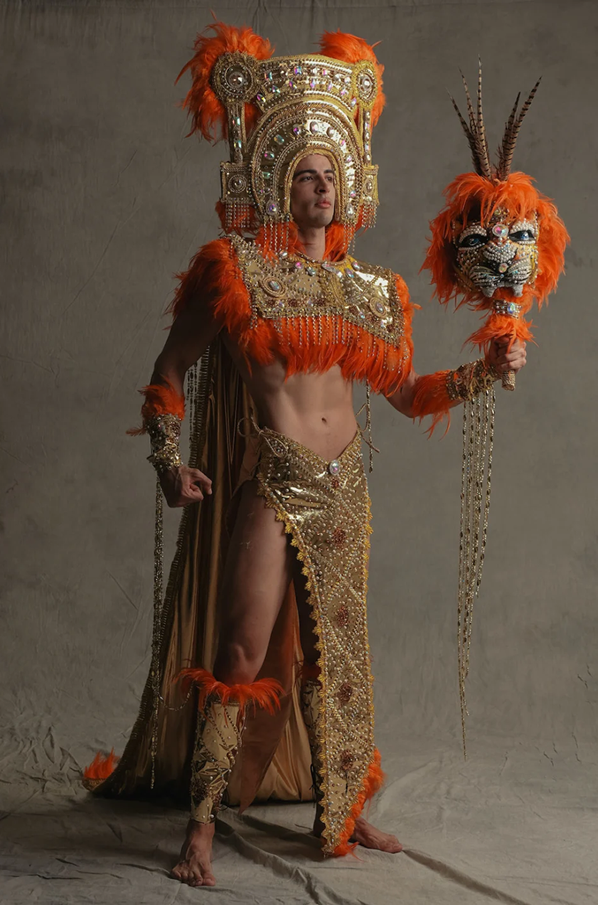
Myanmar
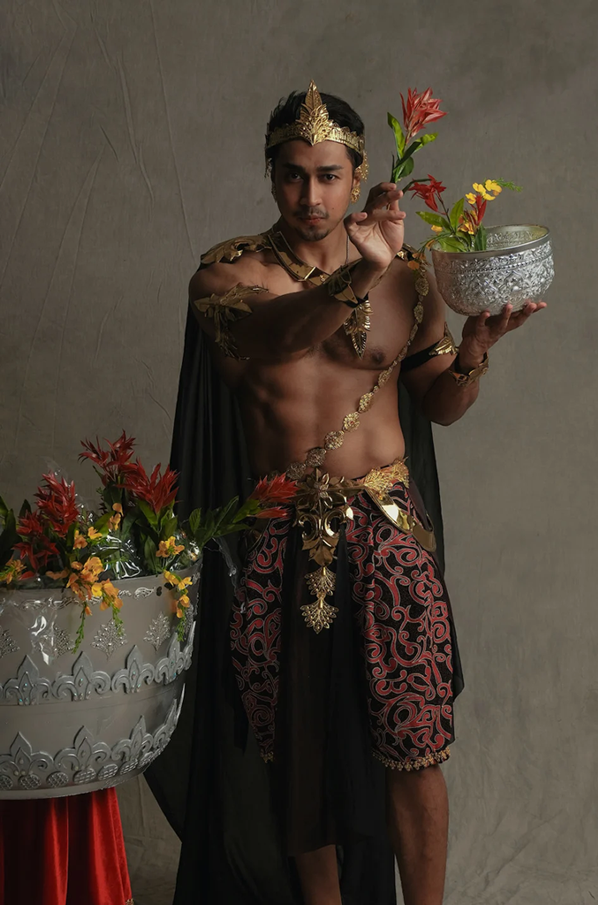
Nepal
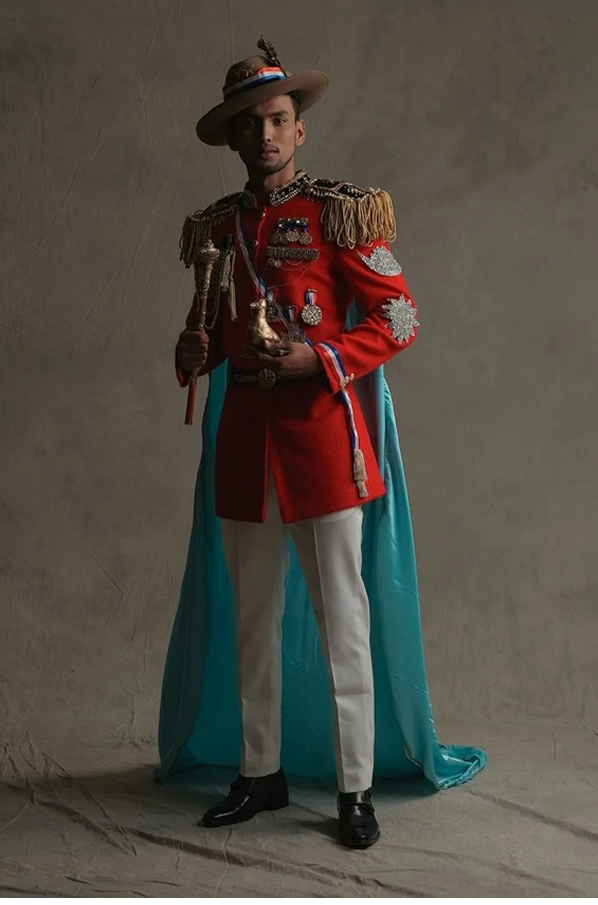
Vietnam
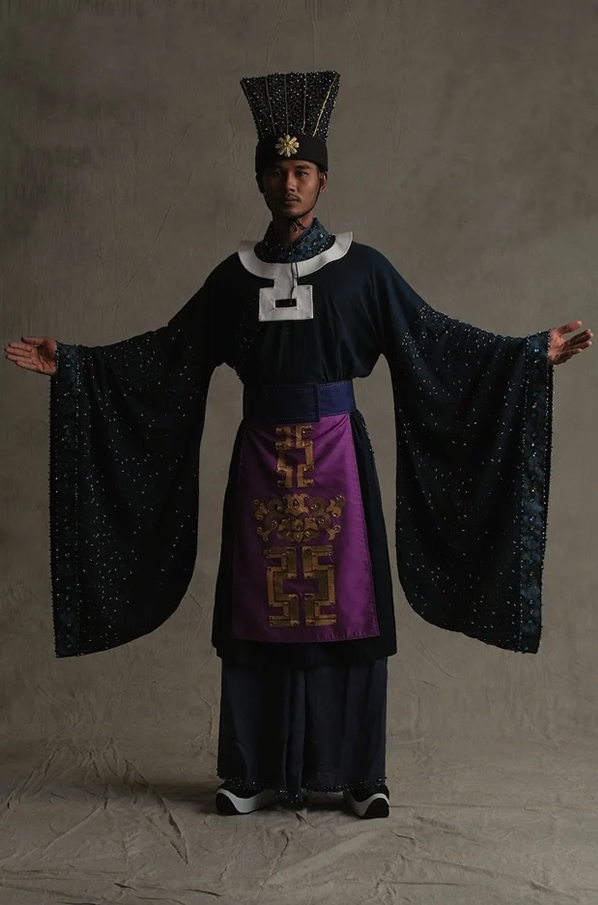
Northern Cyprus
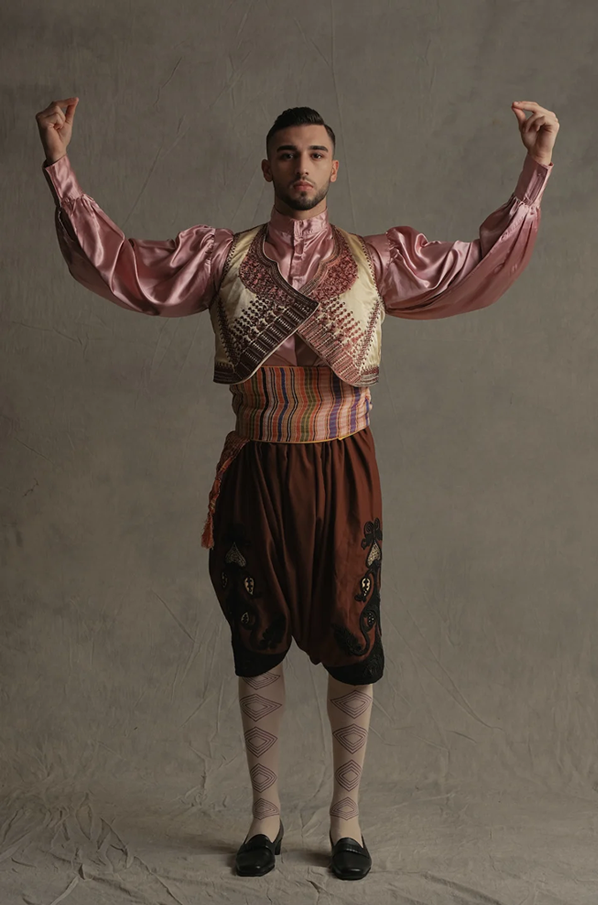
Panama
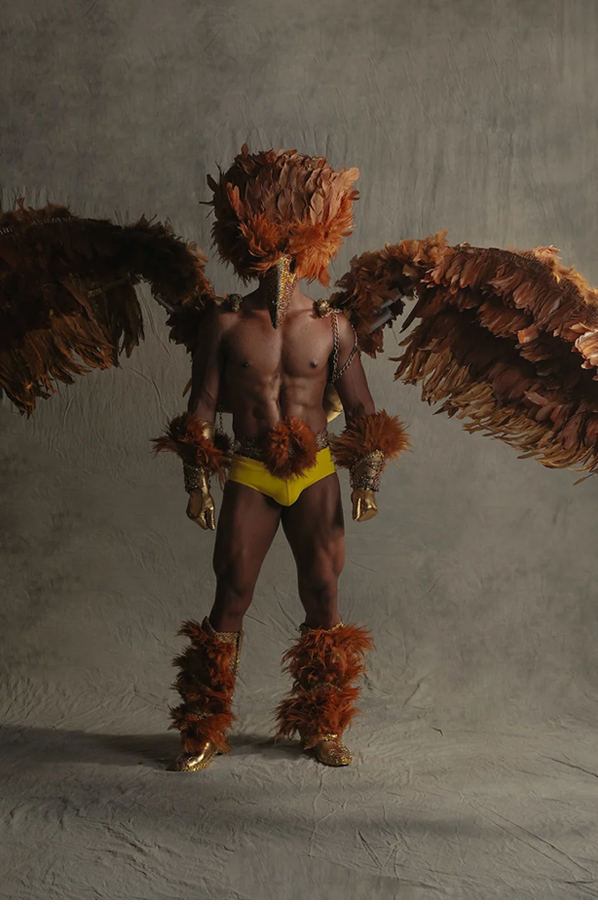
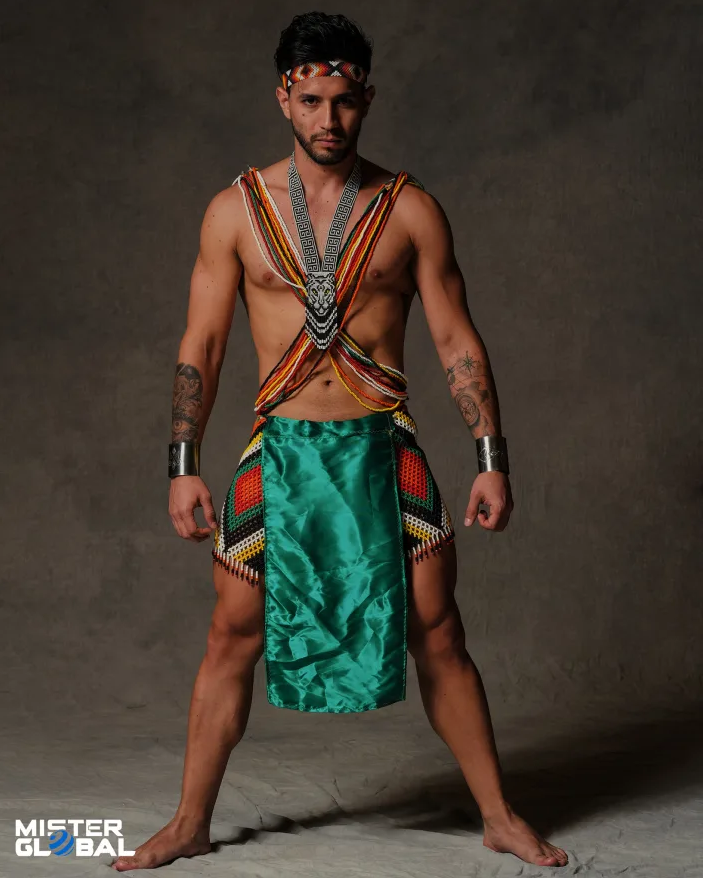
Peru
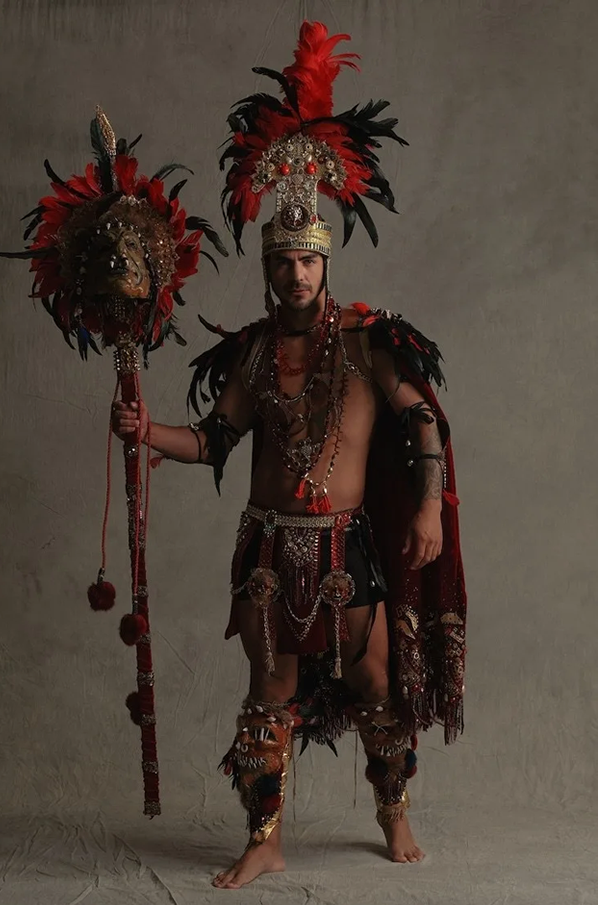
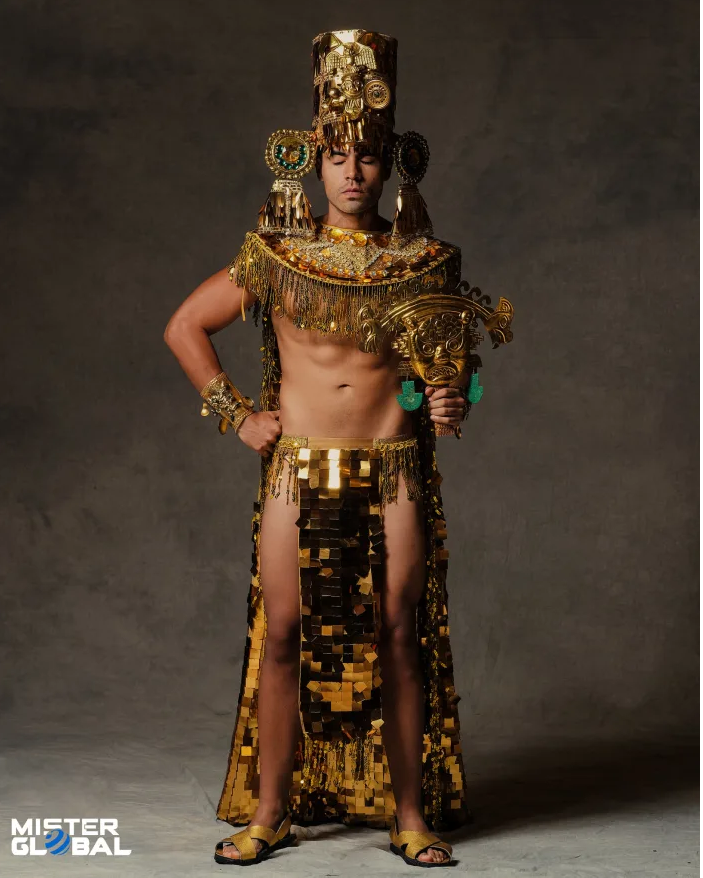
Philippines
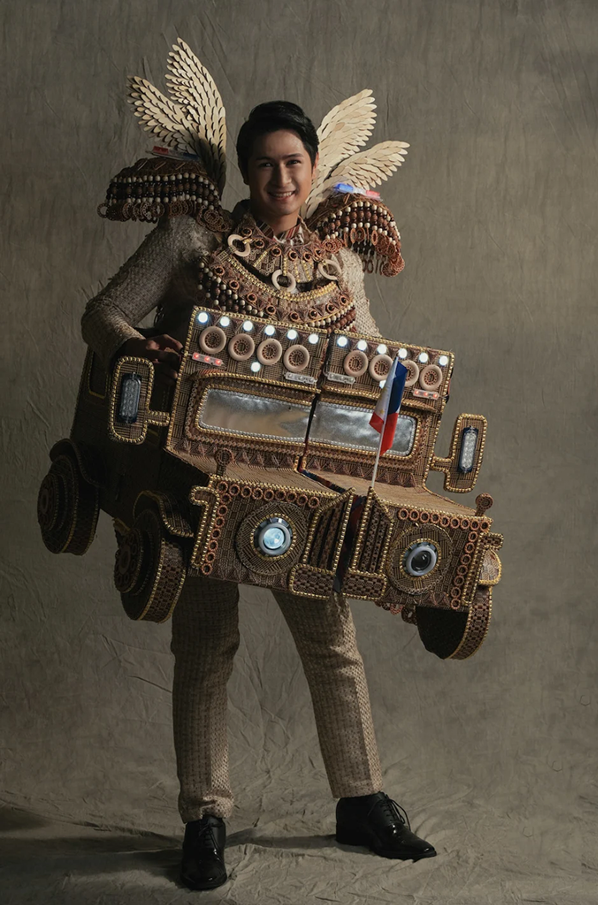
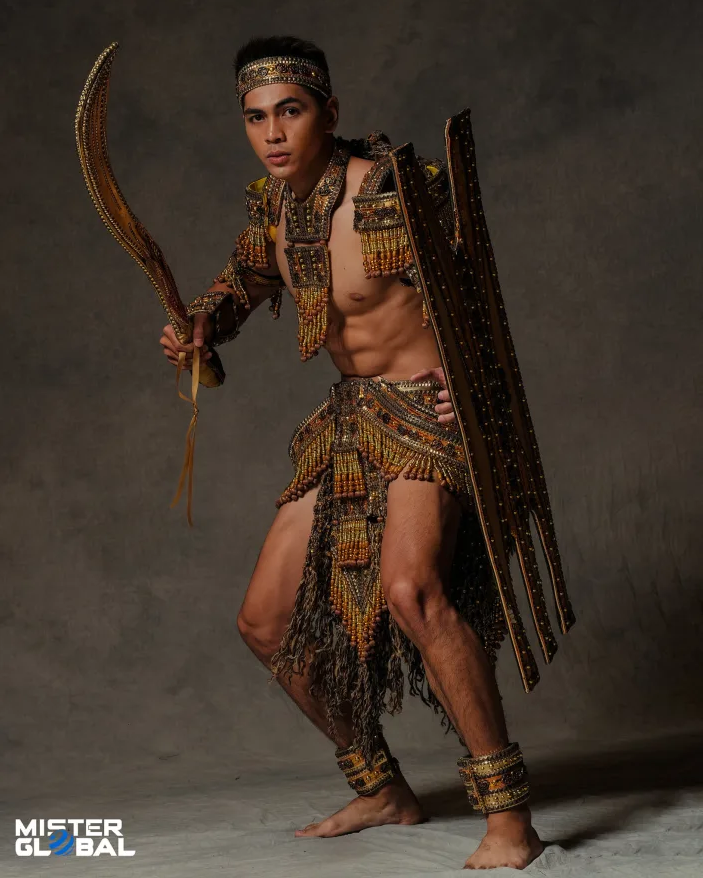
Poland
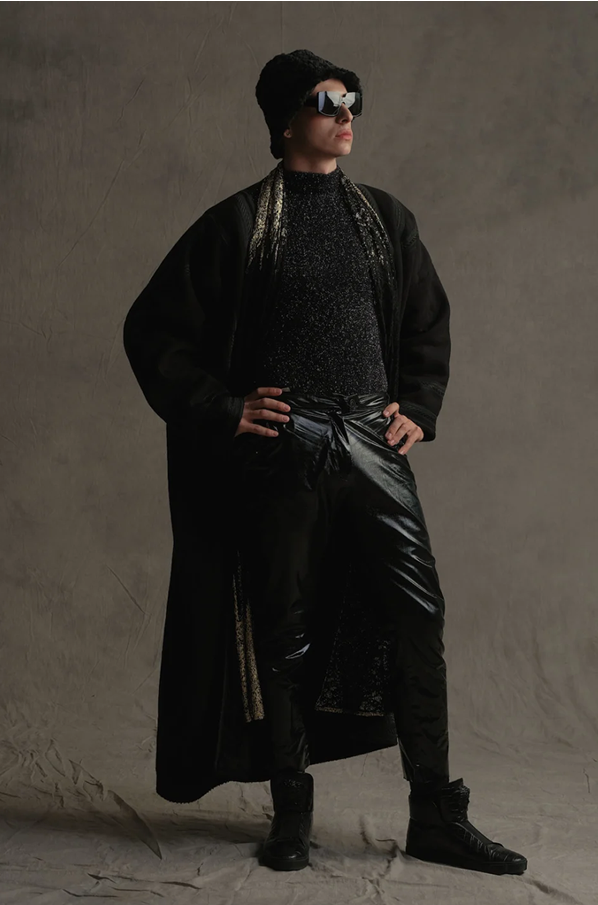
Puerto Rico
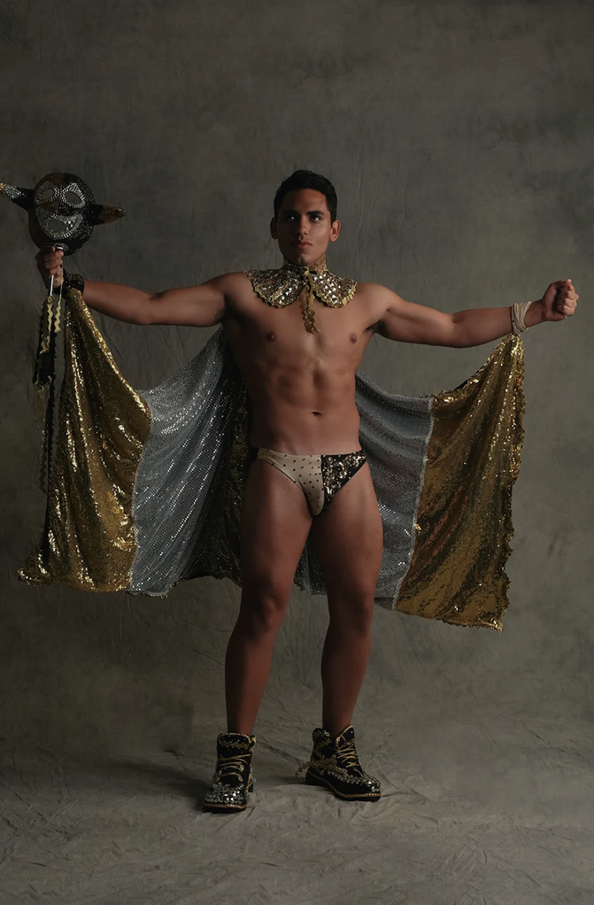
Singapore
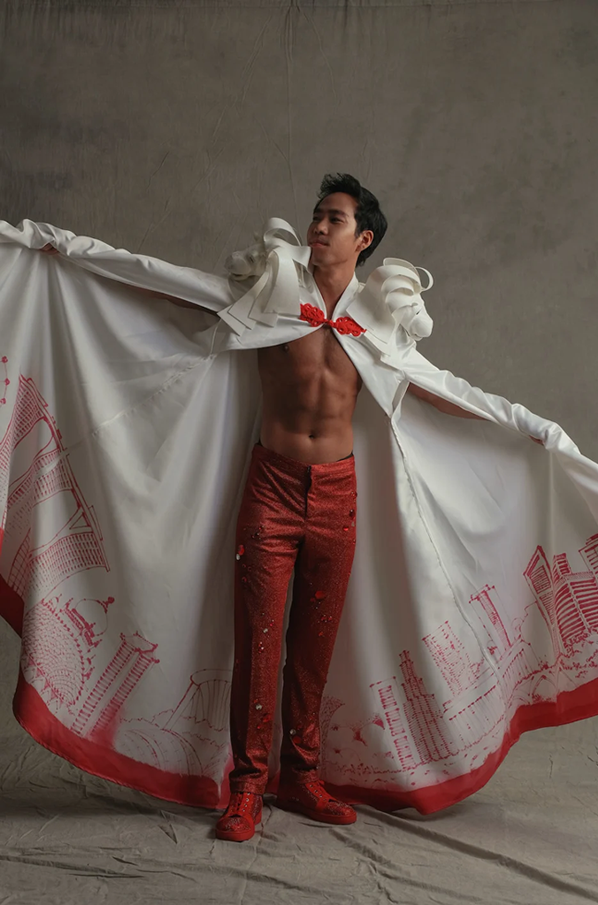
Spain
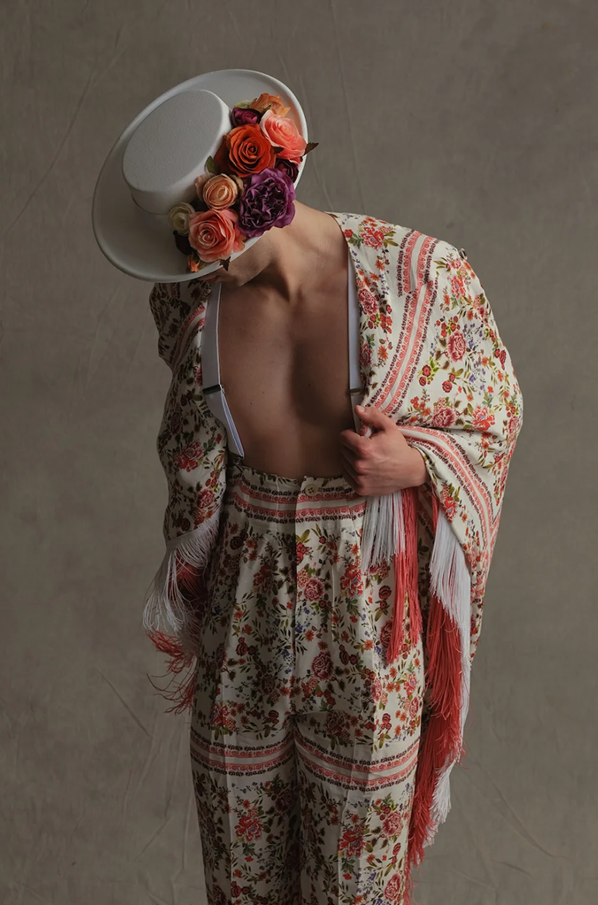
Sri Lanka
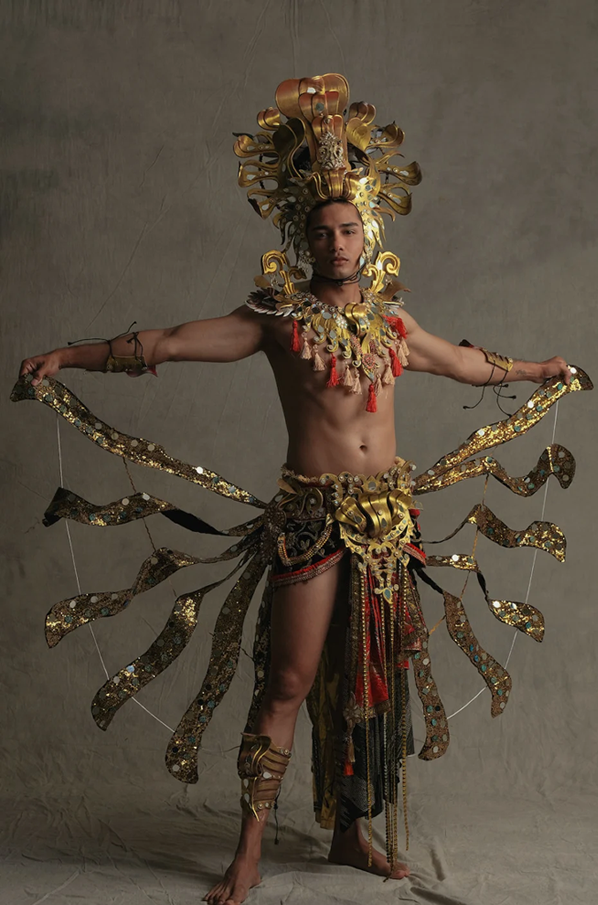
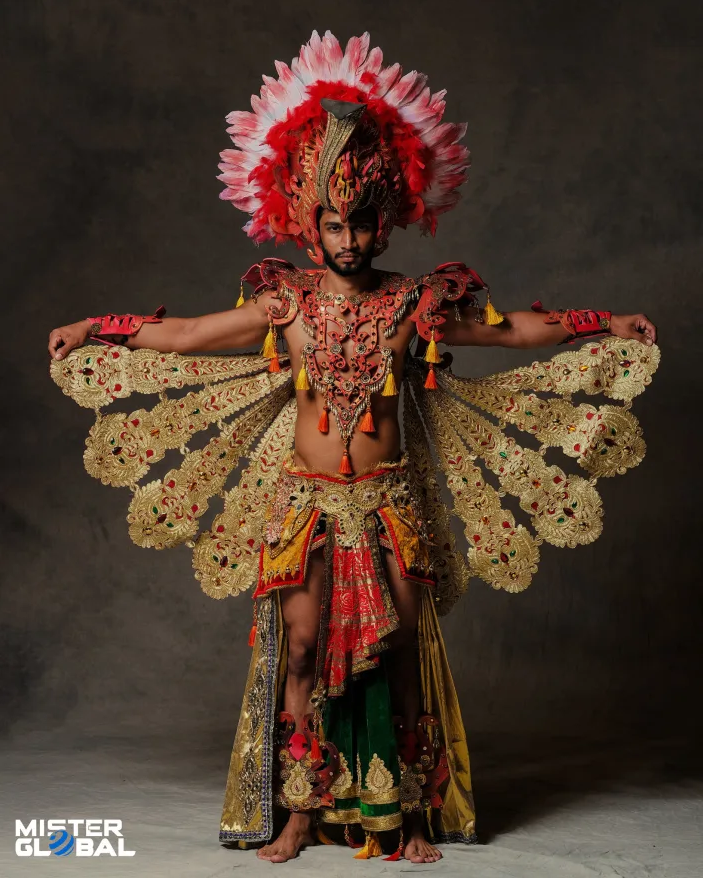
Switzerland
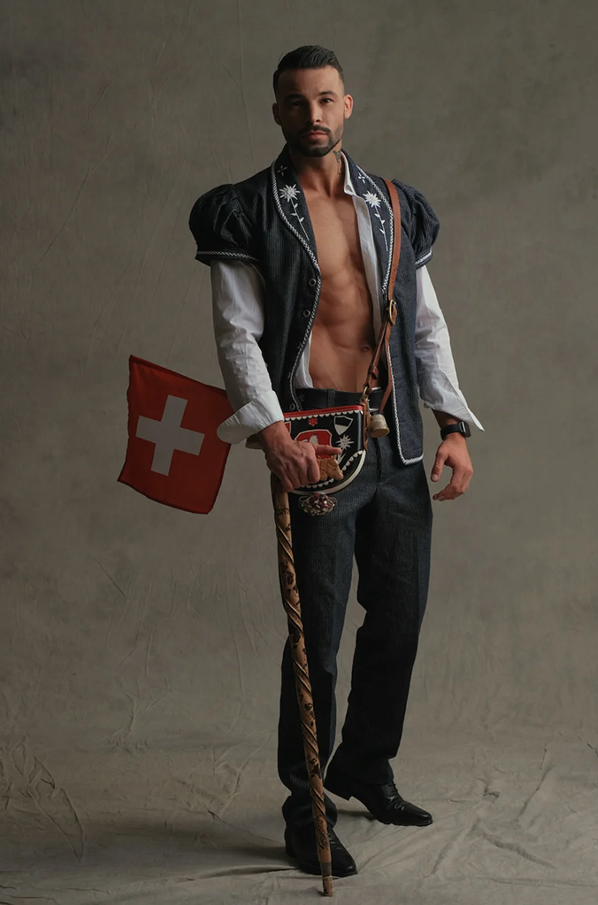
Thailand
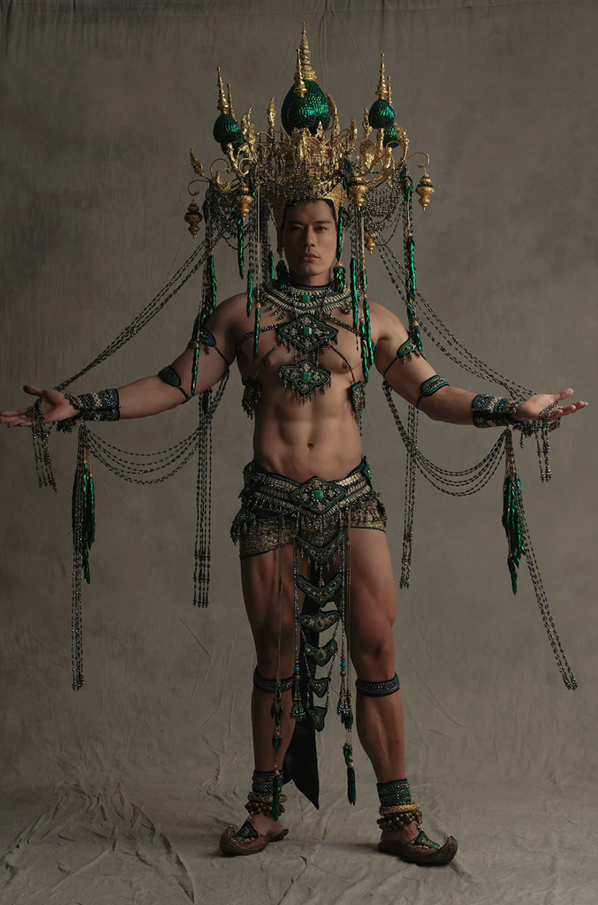
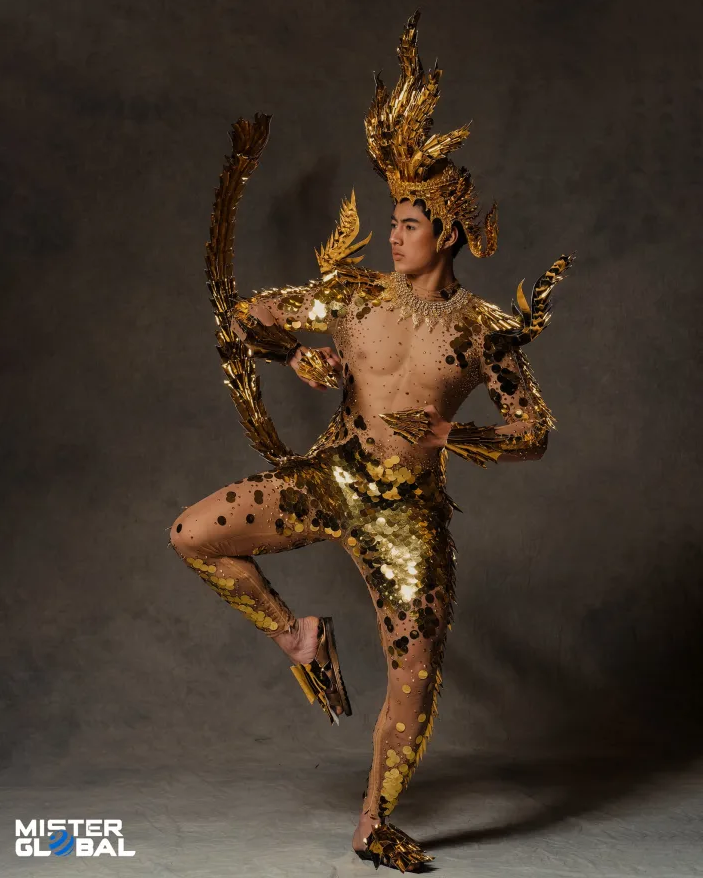
Haiti
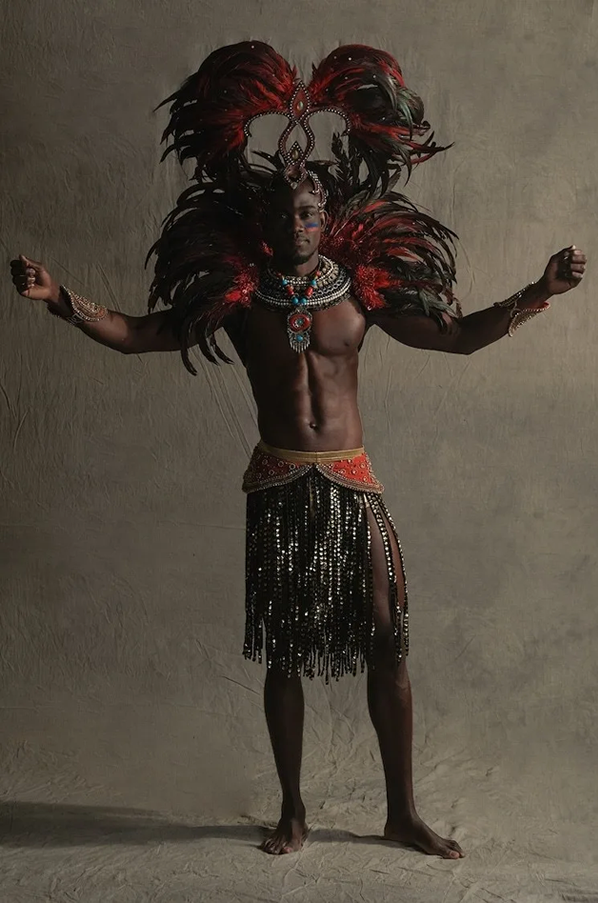
Hong Kong
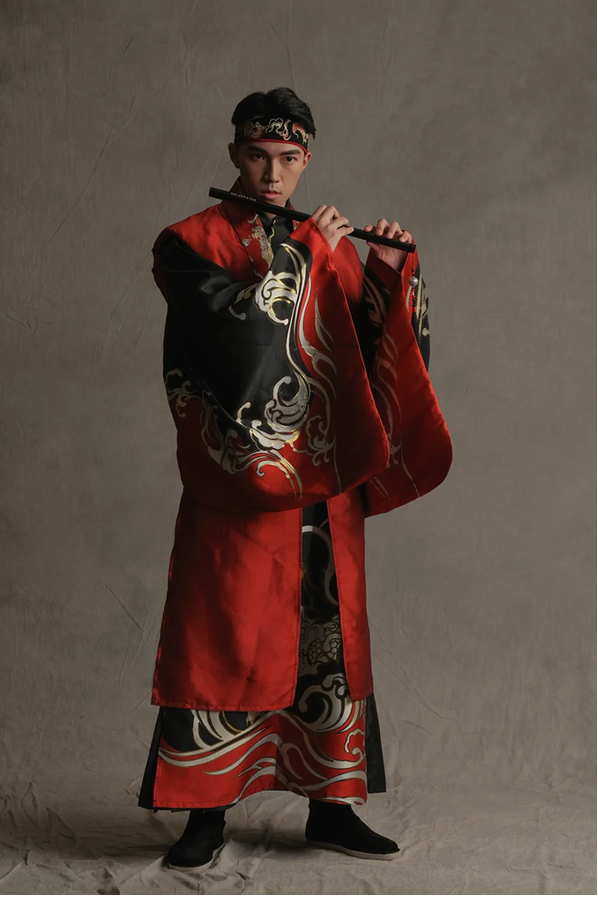
Indonesia
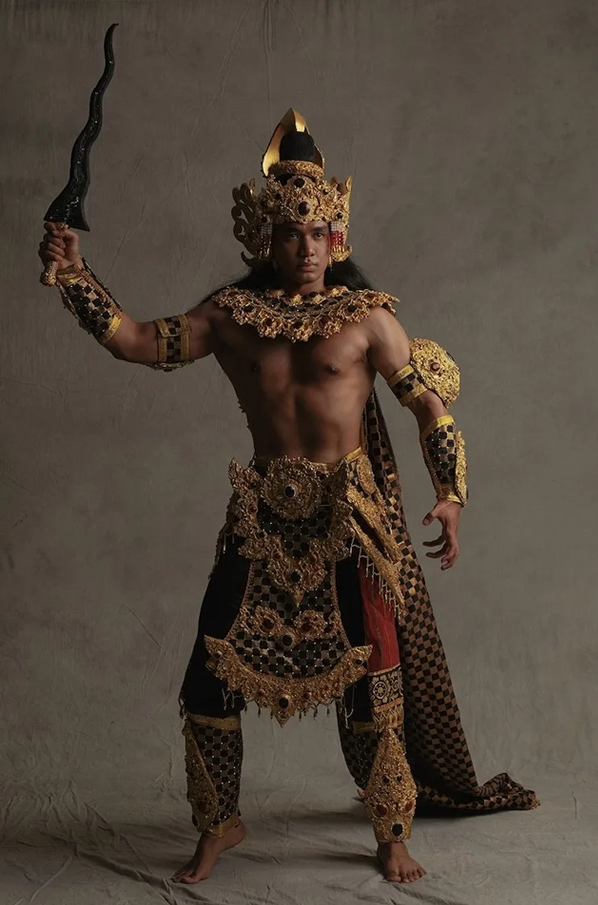
Japan
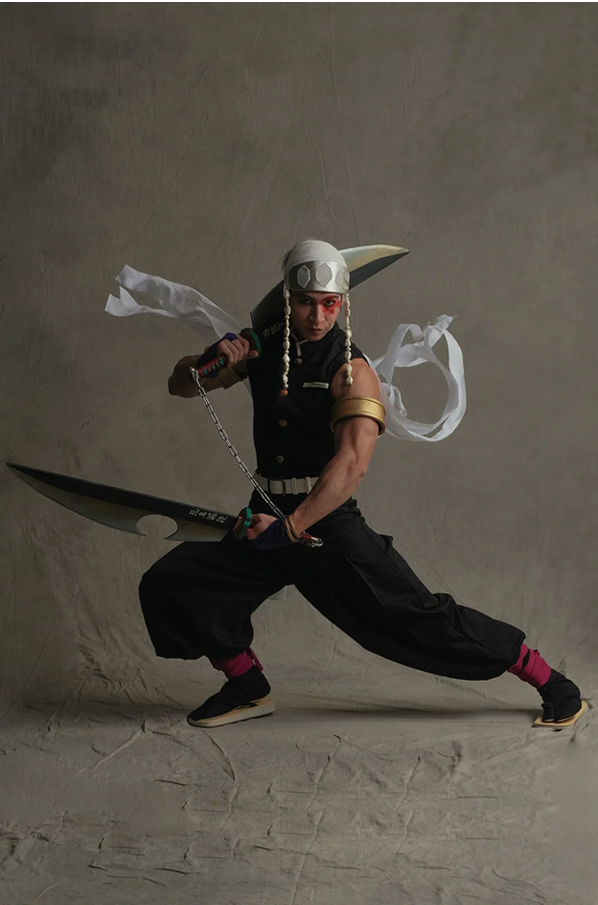
Korean
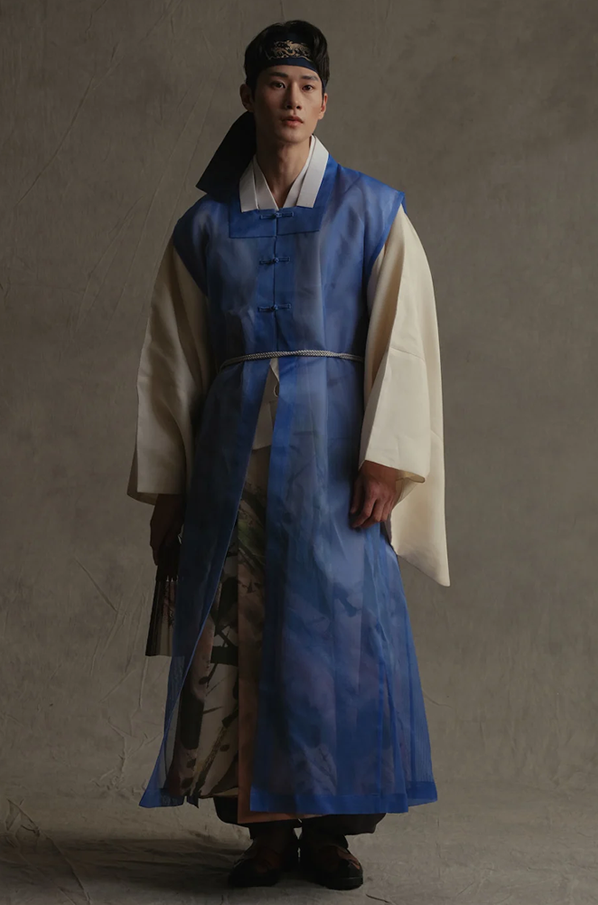
Bolivia
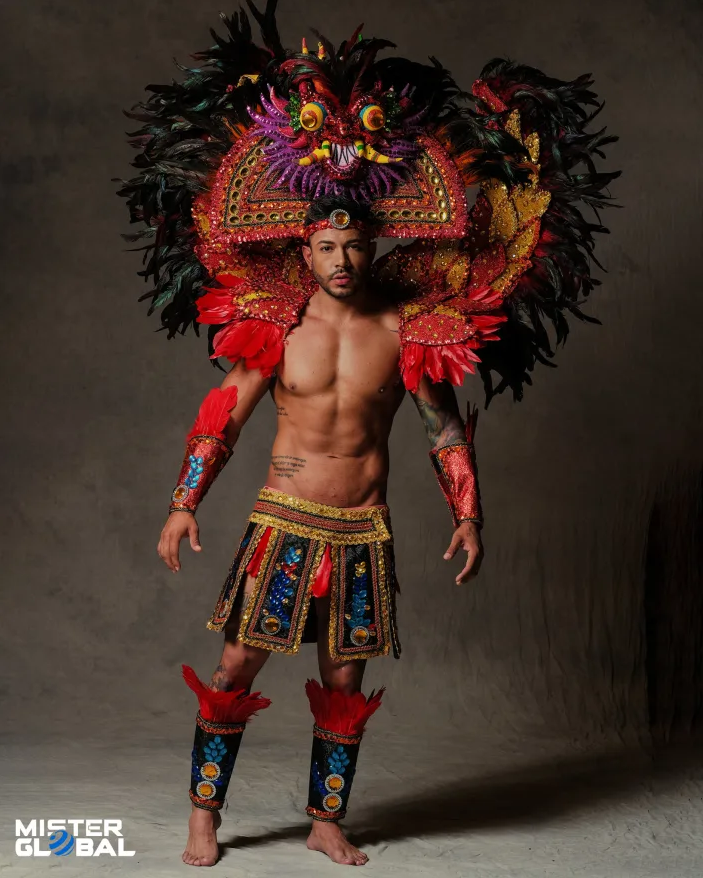
Cuba
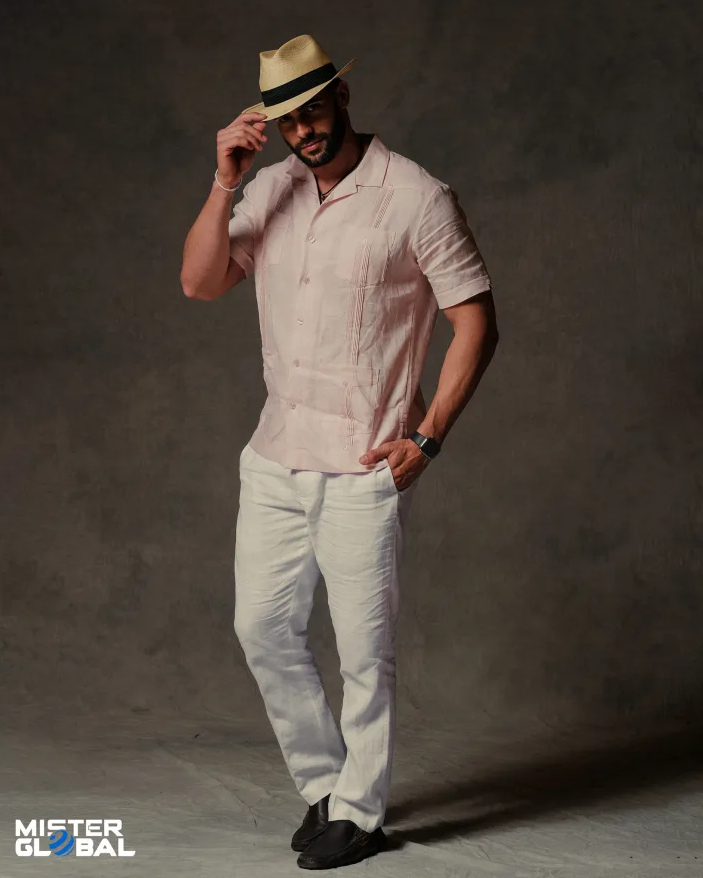
Czechia
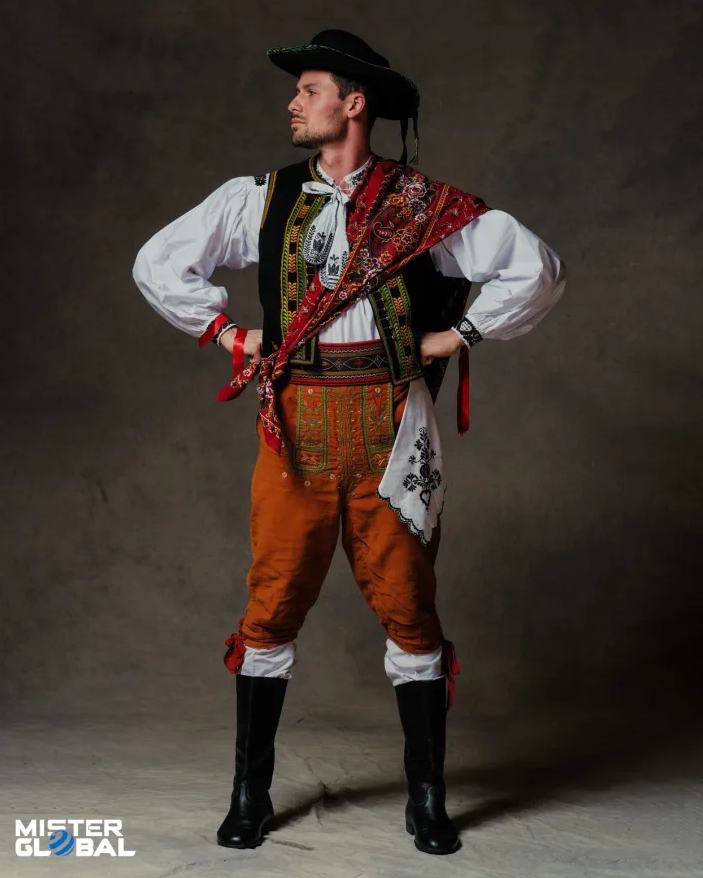
Dominican Republic
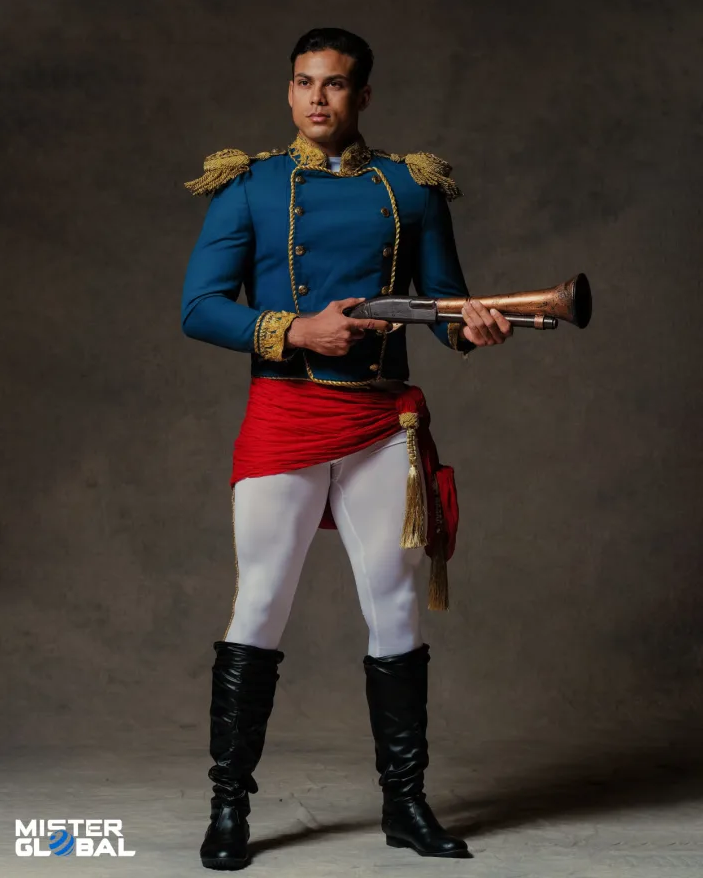
Ecuador
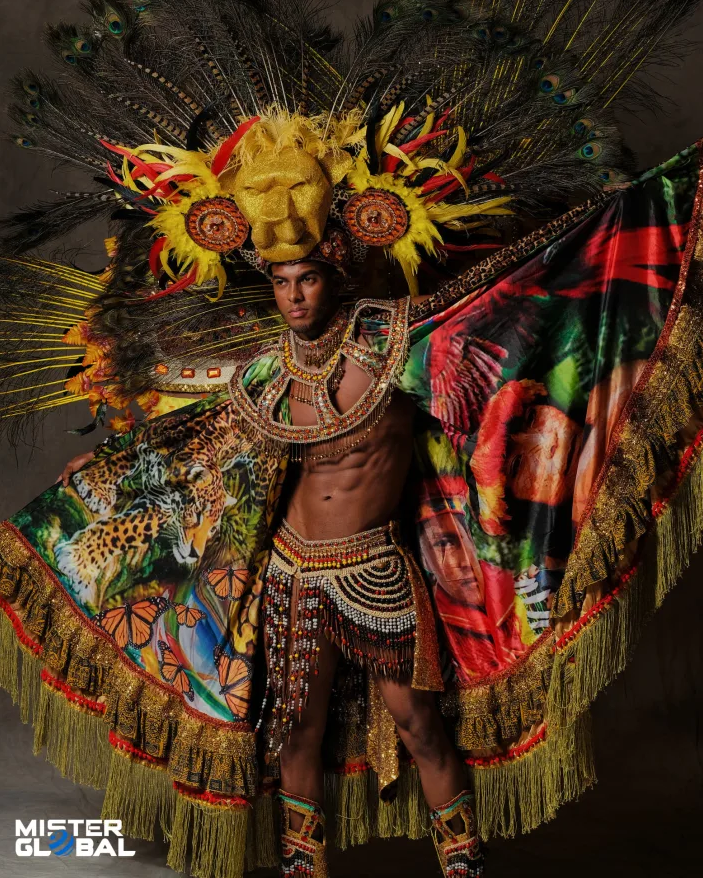
Indonesia
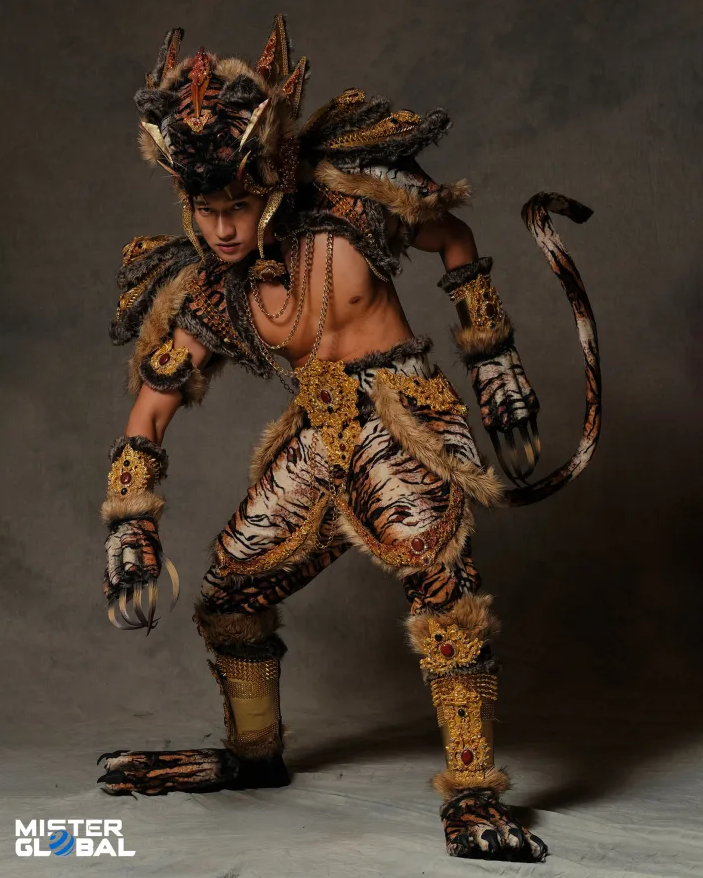
Korea
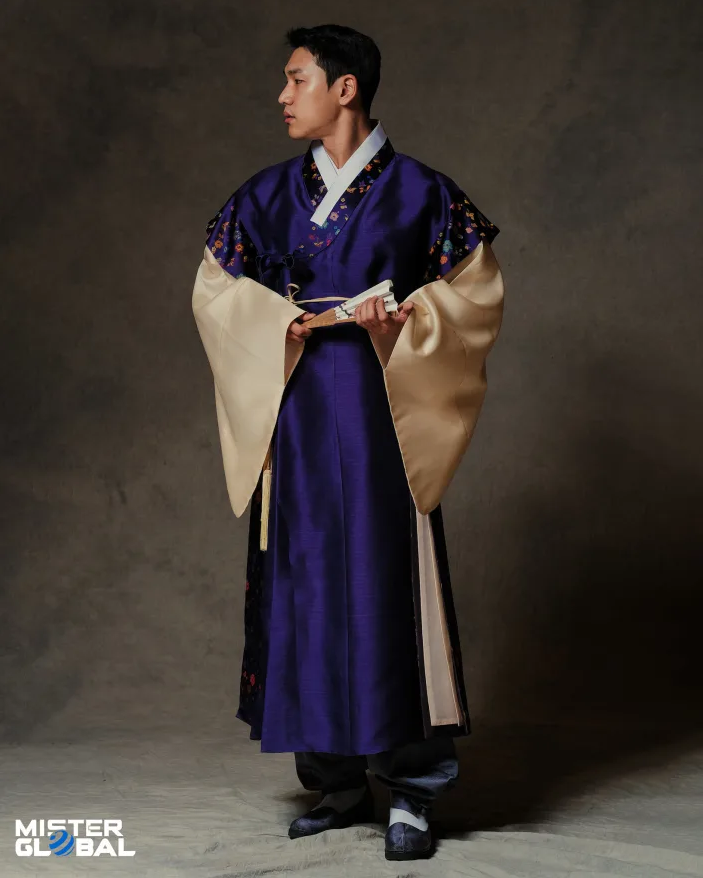
Malaysia
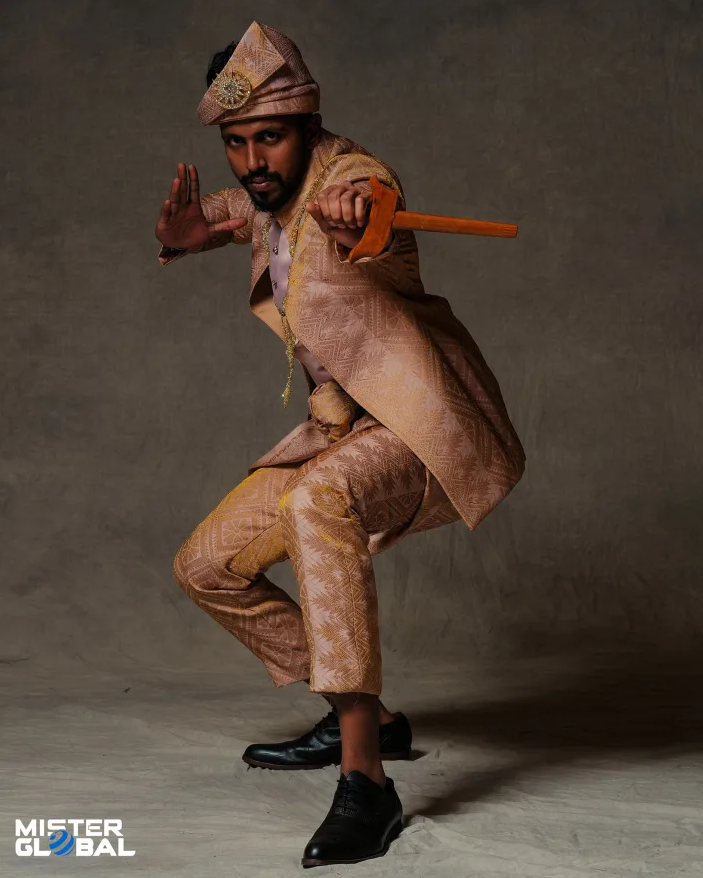
Puerto Rico
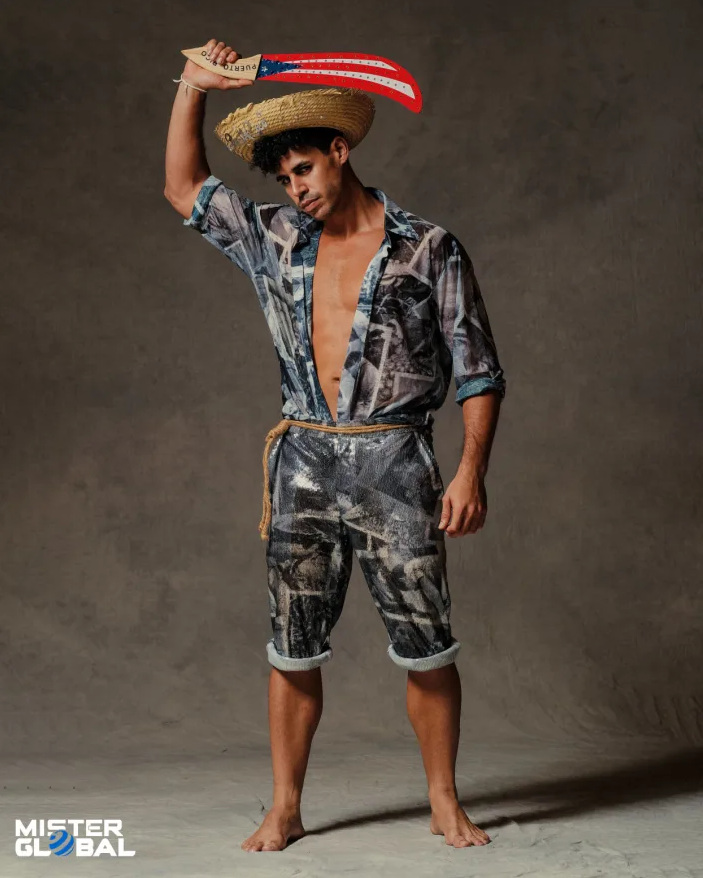
Romania
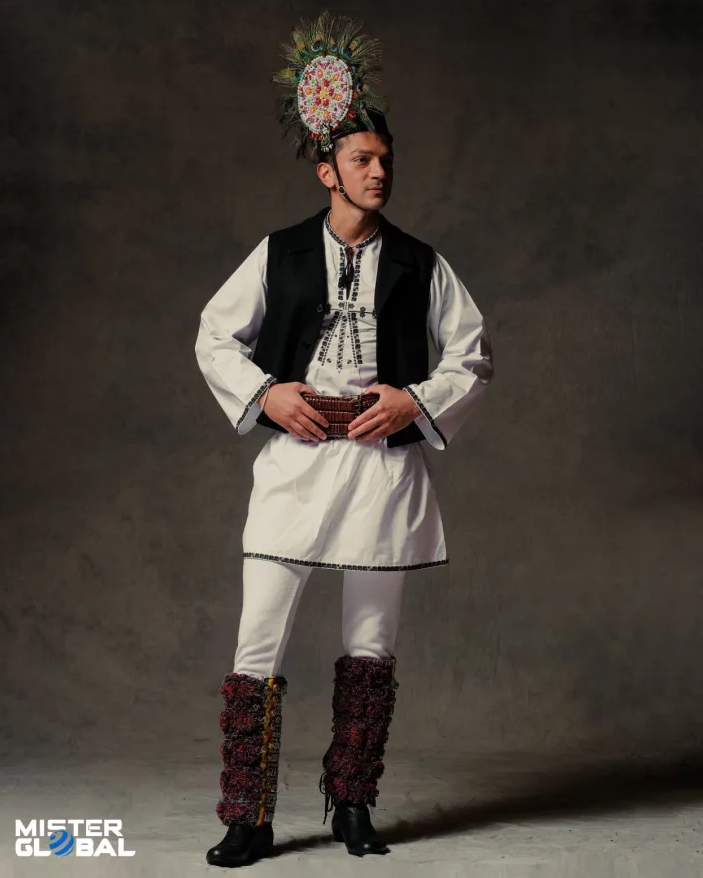
Zimbabwe
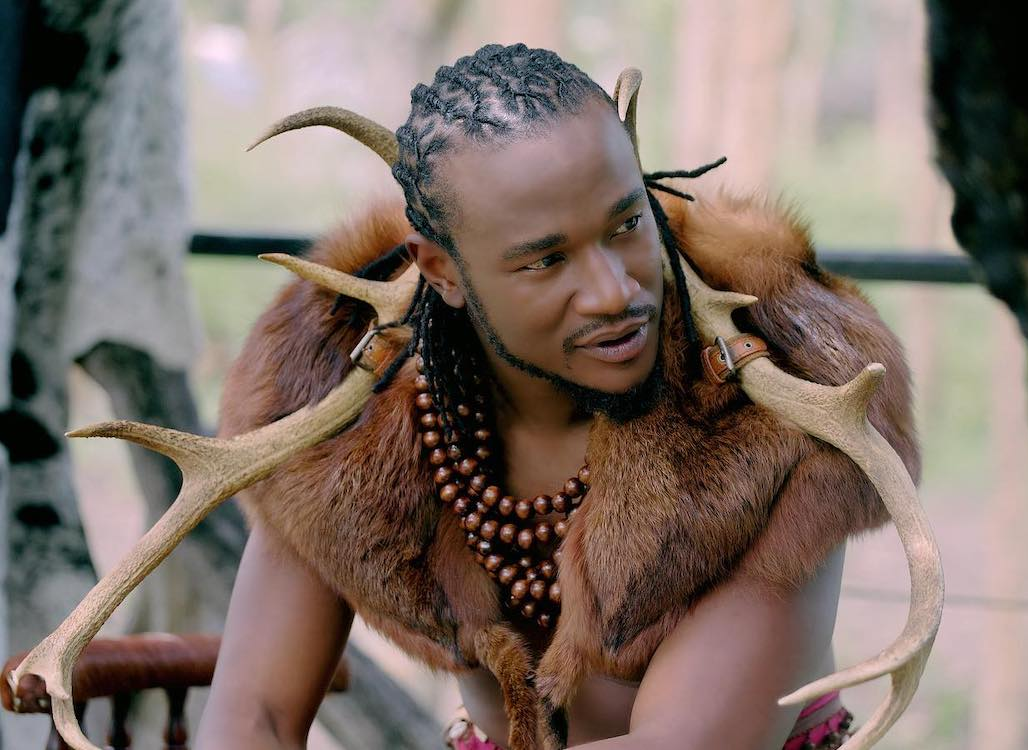
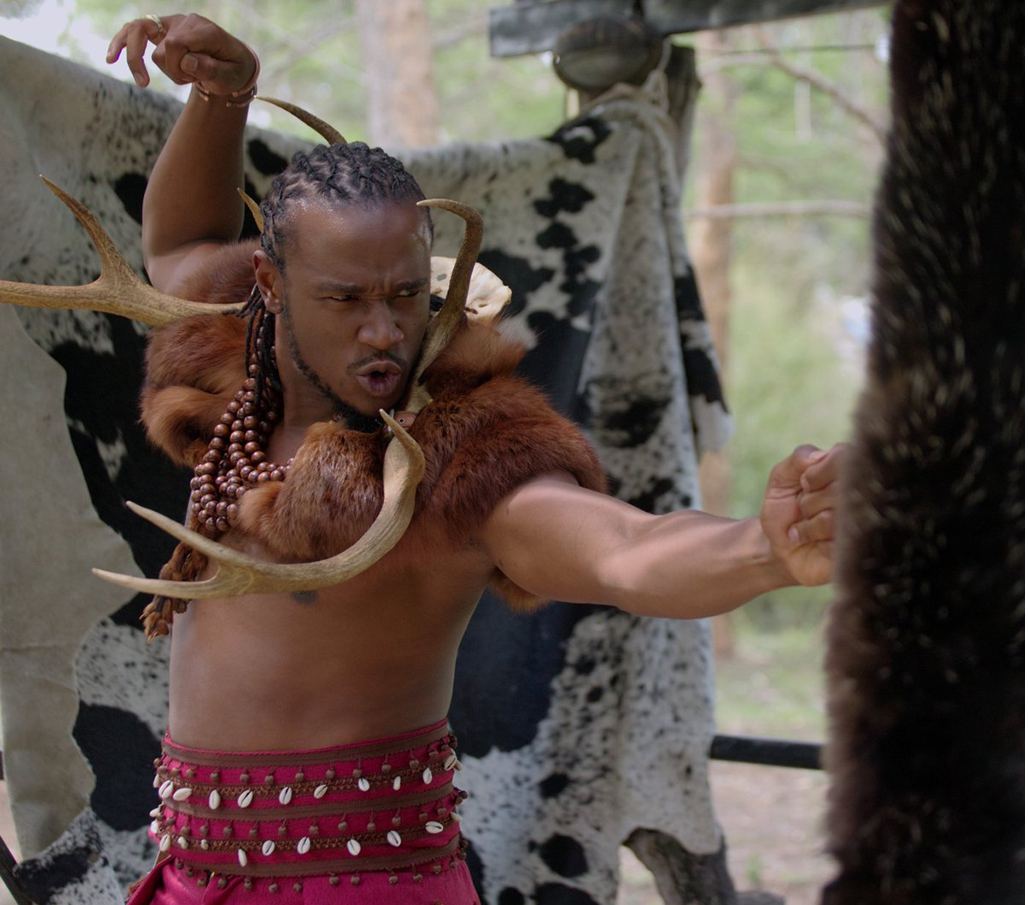
In conclusion, there are a wide variety of traditional dress styles for men around the world. While some styles are more common in certain regions, there is a great deal of diversity in the types of clothing that men wear.
To learn more about traditional fashion from around the world, Tech, Finance be sure to like and follow our page.
